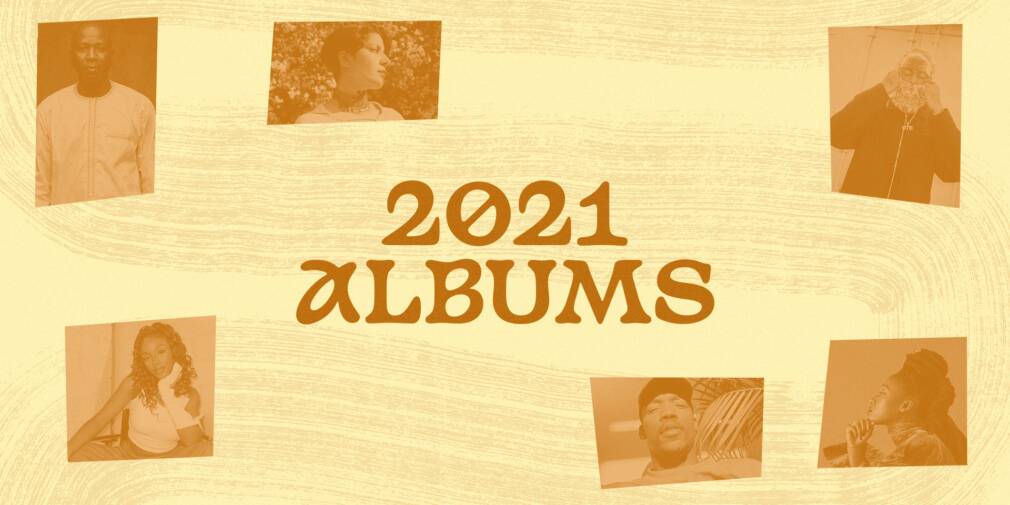
The 50 best albums of 2021
Listen in on 2021 with our pan-African selection from Cairo to Pretoria, Lagos to Nairobi, featuring the likes of Ayra Starr, Mdou Moctar, Focalistic, Nahawa Doumbia, and Kasai Allstars.
Another year over and again more great music was released than we could ever hope to list here. Our selection is a pan-African special, collecting the best sounds from all over the continent to represent the vast talent and creativity coming from Cairo to Pretoria, Lagos to Nairobi. You’ll notice a preference for diversity over popularity, letting us dig a little deeper into the many pan-African styles and scenes. Nonetheless, this is a compliment to our top naija, electronic, amapiano and rap, so feel free to browse your favorite genres via our other selections. Our team and network of contributors across Africa and its diaspora do their best to give the who, what, how and why for every album, respecting each’s personal taste and take on the music that shook 2021. We wish we could include every single that made us dance, every project that graced our ears, but for now, please enjoy our humble selection of 50 albums that define 2021.
Listen to the selection via our playlist on Spotify and Deezer.
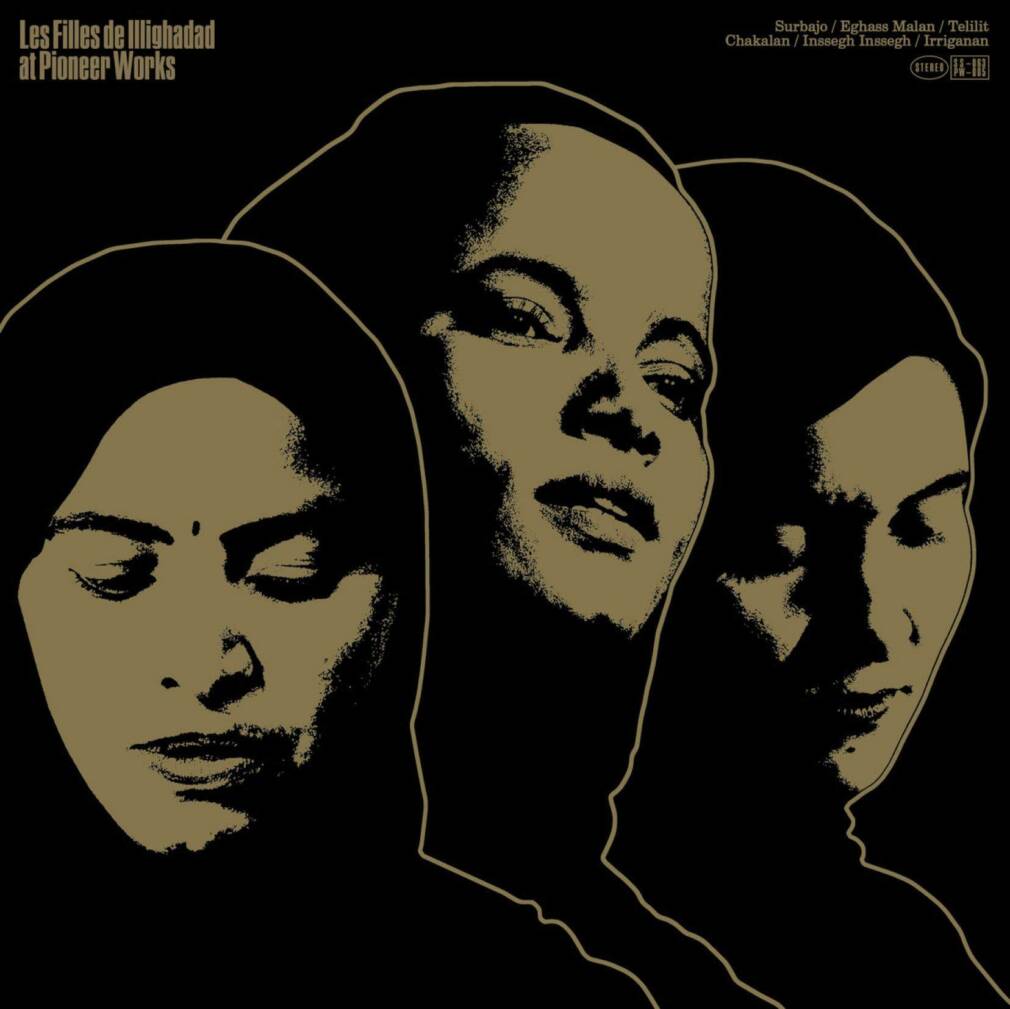
50. At Pioneer Works
Les Filles de Illighadad
At Pioneer Works, Les Filles de Illighadad’s fourth album, was recorded live at Pioneer Works Studio in Brooklyn during the group’s first North American tour. The hypnotic, repetitive works fill the project with the sense of urgency only found in a live show. We hear the applause, the tempoed claps, and the cheers in-between cuts; a happy reminder of the provincial roots that Gahli (lead guitar), Akirwini, Ahmadelher, and Gahli’s brother, Abdoulaye Madassane, on rhythm guitar, were brought up in. Illighadad is a small village in the Sahara Desert in Niger, where the group formed. As a reminder, Gahli, the lead guitarist, is claimed to be one of the first ever female Tuareg guitar players, preferring the six-string over the traditionally female tende drum. The guitar is central to Tuareg Blues aka Saharan Rock, and Gahli works her instrument with precision and dexterity, a quality particularly appreciated on a live cut. Sometimes the music is revolving and dreamy like on the opener “Surbajo” , at others it’s exciting and energetic like on “Chakalan”, but my personal favorite is the joy that jumps out of the closer “Irriganan”. At Pioneer Works may not have the crisp and polished touch of the group’s critically acclaimed Eghass Malan but what it lacks in mixing it makes up for in intimacy and energy, bringing listeners closer to the reality of the Tuareg experience. —Christian Askin
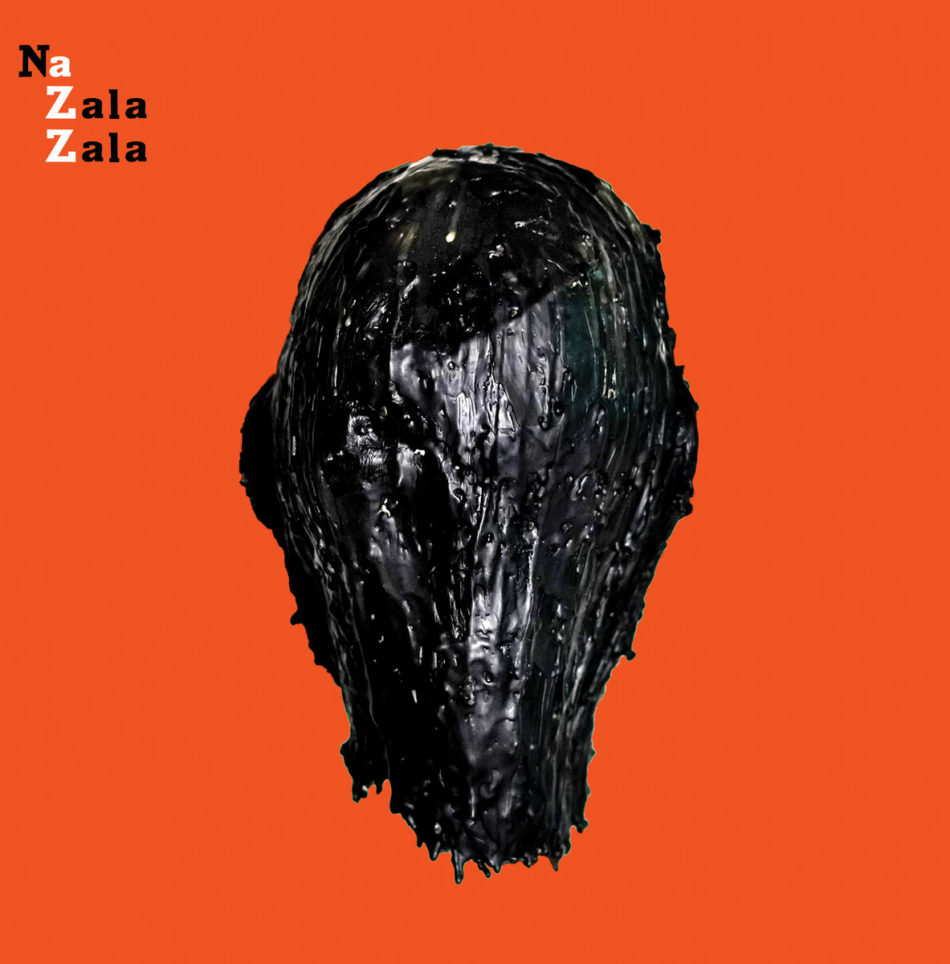
49. Na Zala Zala
Rey Sapienz & The Congo Techno Ensemble
Rey Sapienz is a shadow king. A co-founder of Hakuna Kulala records, the hyper-experimental sub-label of Nyege Nyege Tapes, and a resident producer for the aforementioned collective sending Africa’s emergent alternative talent across the world to blow minds and redefine musical orders, Rey is the oil in Africa’s electronic machine. All of this is manifest in Na Zala Zala, a truly original form of “Congo Techno” as Rey describes it. It’s a slow burn that demands patience, an open mind, and a tolerance for the darkside of music. For listeners ready to endure the menacing sounds of sharpening knives, smashing rocks, and other terrifying household samples, you’ll find a psychedelic world of Congolese-Ugandan music reimagined with the power of a DAW. Rey told me in Rennes, France, that he was able to transpose the sounds in his head after spending two sleepless weeks with an Ableton manual. “Hakuna Kulala” fittingly means, or so Rey says, “no sleep”. And so “Esala Rien” and “Sontage” feel like an insomniac’s super-trip, and “Posa Na Bika” is passing through the psychotic membrane into a cycle of never ending production sessions. Of course, there are club bangers ready for action. “Zuwa Ba Risk” is a smashing, kick-driven dancer, while “96” is the closest we get to the MCs roots in “urban” music. Though even that isn’t free of glitch-kicks, explosions, and desperate screams. Na Zala Zala is a project worth listening to because it’s the kind of music you could never imagine on your own and when confronted, bring you a little deeper into music’s never-ending rabbit-hole. —Christian Askin
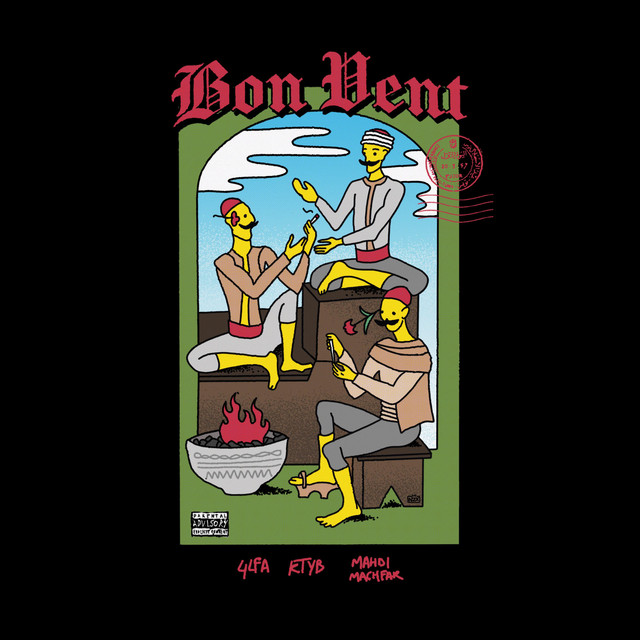
48. Bon Vent
Ktyb, 4lfa et Mahdi Machfar
An all-star band born out of a particularly close-knit and vibrant scene, Bon Vent brings together – in our opinion – Tunisia’s finest rappers. On one side of the 8-track LP released this year, Saif 4lfa Amri, who, with just a handful of singles, an album and two EPs, has established himself as the country’s leading lyricist. On the other hand there’s Ktyb, an all rounder, capable of rapping over Aphex Twin samples as well as over hyper acid electro instrumentals. The two boys were brought together in the studio by beatmaker Mahdi Machfar, who works on all of Bon Vent’s productions. It is an inspiring west wind that blows over the Tunisian project: in the purest New York boom bap tradition, the two MC’s use these eight tracks to devote themselves to agile flows in Arabic, regularly accompanied by English choruses. Their flow is ultra-smooth, the production is warm and finely cut in with nu jazz and raw soul sounds. We’re getting a new groove from Tunis that we haven’t heard until now. It is a luminous side-project for fans of Griselda’s releases, the late MF Doom, or Earl Sweatshirt. —Théophille Pillault
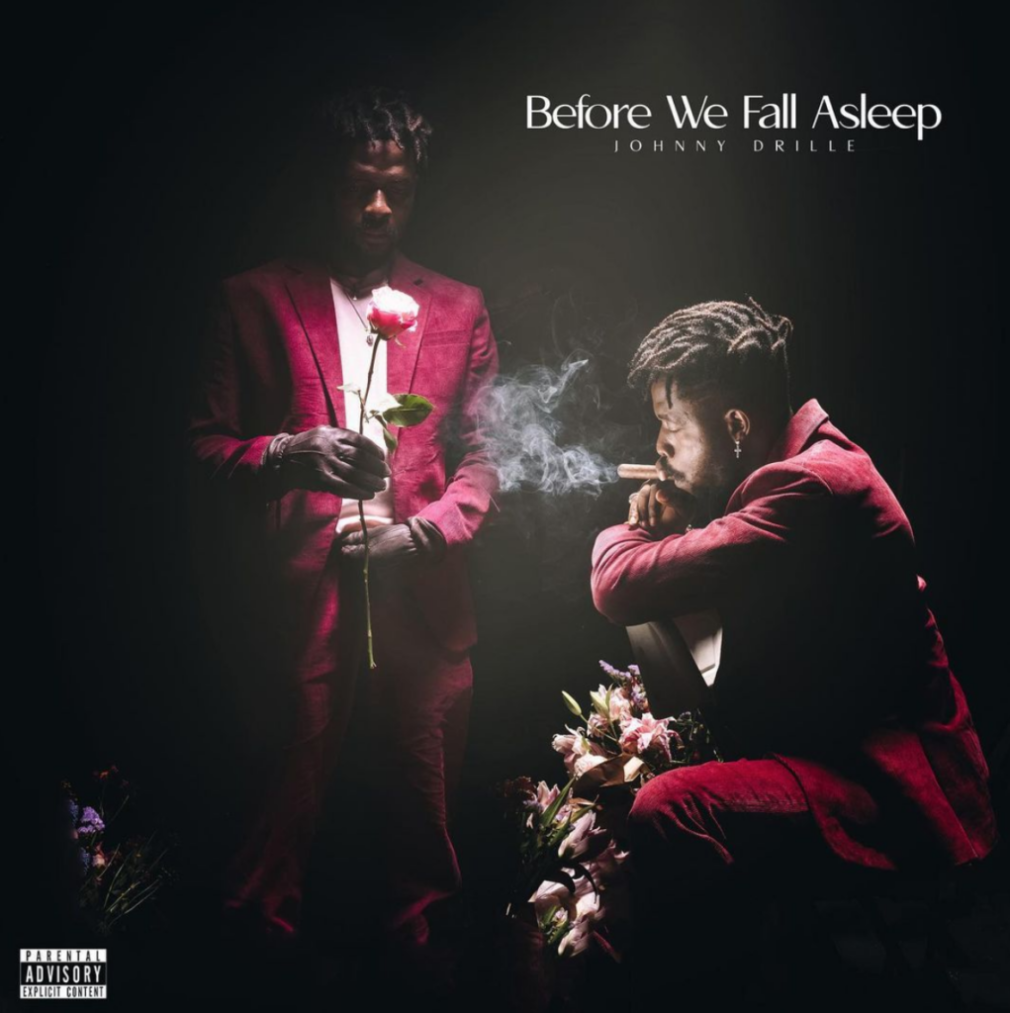
47. Before We Fall Asleep
Johnny Drille
Johnny Drille’s long-anticipated debut album, Before We Fall Asleep is evidence that the singer has evolved but still maintains his core. Drille’s ability to explore diverse sub-genres like Afropop, Afro R&B, hip-hop while retaining what had made him tick since debuting in 2017 is laudable. The project sees the singer knuckle down to relevant subjects like colorism on “My Kind of Brown”, the album opener. The move to wear his heart on his sleeve on “Loving is Harder” would lead him to grieve his fate on “Ludo”. Drille’s penchant to infuse pop culture is glaring on “Odo” featuring iconic Nigerian trio, Styl Plus. The Ladipoe-assisted “Driving in the Rain” has Drille flexing his mother tongue over a hip-hop-esque production. On “LIES”, the singer, for the first time in a song, confronts the political and socio-economic ills of Nigeria. Before We Fall Asleep is a good enough result to mark Drille’s takeoff from the “folk / alternative” stereotype. —Tochi Louis
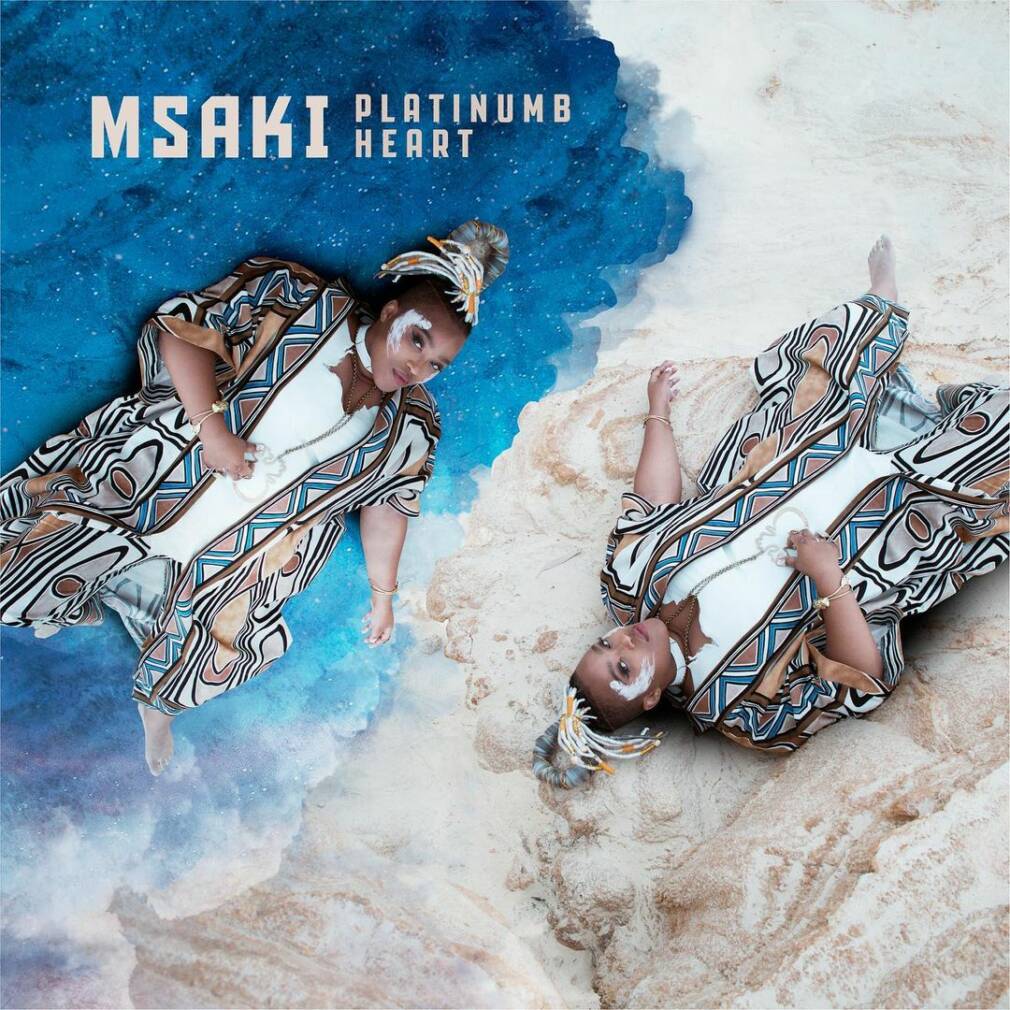
46. Platinumb Heart
Msaki
Msaki is part of what makes South African music so special. A truly multi-disciplinary artist, dabbling in electronic and acoustic music and plastic art, an independent label owner, a hitmaker and an alternative musician, her vision and expression seem to always be multi-dimensional. This was also the case on Platinumb Heart, her new double-album. Its whole process started after a contemporary South African tragedy taking place in the country’s North-West province in 2012. The Marikana massacre was the killing of 34 miners by the South African Police Service, after a massive strike. It was the most lethal use of force by South African security forces against civilians since 1976. “Platinum is the mineral, but I added the ‘b’ to reference the state of emotional numbness, non-feeling, cold, unpleasant”, Msaki explained to us. “The first song I wrote for the album was ‘Blood Guns and Revolution’. That’s when I knew it’s probably gonna be a protest album. It sparked a series of other protest songs: ‘At Stake’, ‘Status’… Other songs that just were processing my rage, my disappointment in this country. Now the oppressor is who? I was really just jolted out of my rainbow nation haze. Art becomes the final courtroom where you can still ask the hard questions.” —Nils Bourdin
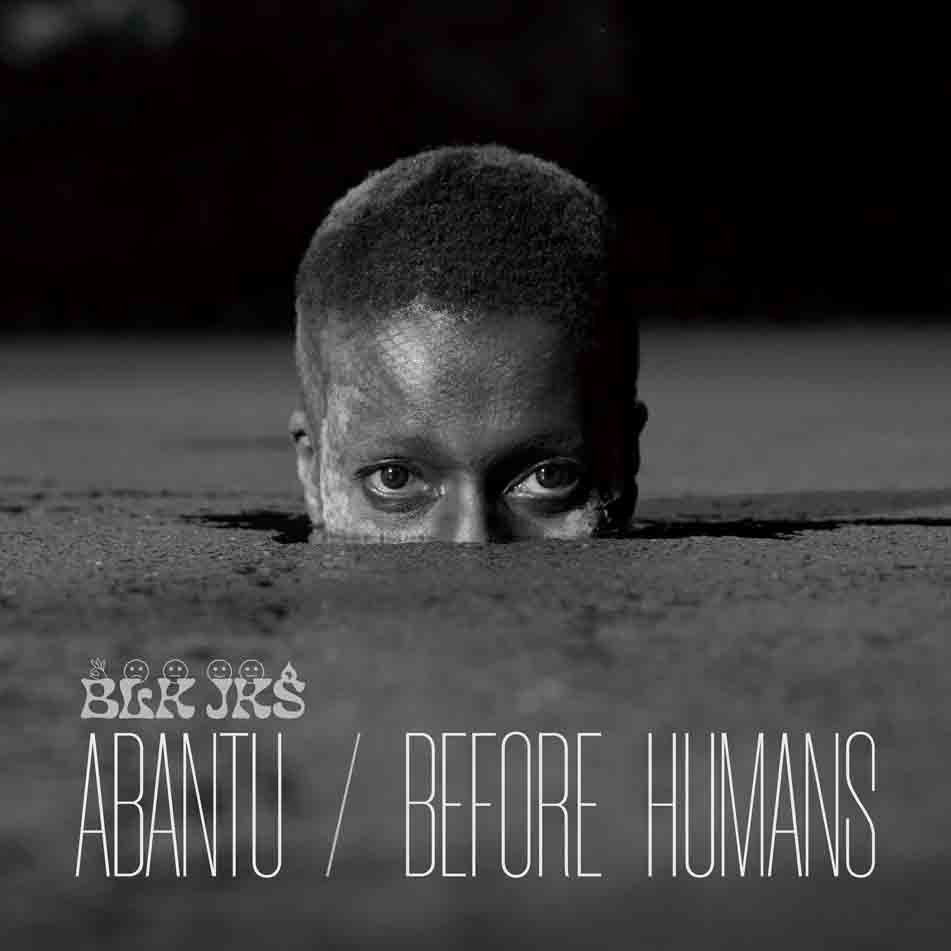
45. Abantu/Before Humans
BLK JKS
BLK JKS delivers a retro-futuristic album: “A fully translated and transcribed obsidian rock audio anthology chronicling the ancient spiritual technologies and exploits of prehistoric and post-revolutionary Afro-bionics, as well as the sacred texts of the Great Book of the Arcanum, by young Kushites from Azania, linked to the 5th dimension and the 3rd dynasty.” This new project celebrates the tenth anniversary of their first album, After Robots. Grooves, horns and guitars serve a plurality of genres, from spiritual jazz to kwaito to post-apocalyptic funk. Metal and traditional South African music are also present. Guitarist Mcata states: “Forget the idea that we’re going to make the rastas like our rock. If you have a gig, call us. A jazz event, anything, we become the color of the gig. We don’t have a home.” —PAM

44. Water & Garri
Tiwa Savage
Savage consolidates her decades-long influence in Nigeria, United Kingdom, and America to craft a 5-track collage of genres ranging from R&B, to Afrobeats, pop and even alté. Water & Garri marks Savage’s ascent into a new phase where she experiments with music like never before – after her decade-long run. The project’s title is reminiscent of a staple Nigerian dish. Savage, as Garri, represents a Nigerian commodity blending with artists of different walks. They would represent Water, a universal element. Savage is all about finding power in self and in the hustle on the Afro-futuristic “Work Fada”, with assists from her longtime friend Rich King and American rapper, Nas. Savage will not be defined by love or men on “Ade Ori”, the only solo record on the project. “I can heal my pain, I don’t need you,” she affirms. She later admits her feelings for a 6’5” masculine figure on “Tales by Moonlight”, inviting Amaarae’s falsetto and on “Somebody’s Son” with Brandy, she preaches optimism and hope as her spirit still yearns for love on “Special Kinda”, a charming duet with Tay Iwar. Water & Garri depicts the varying headspace of a woman and Savage, through her lyrics, is wearing it as a badge of honour. —Tochi Louis
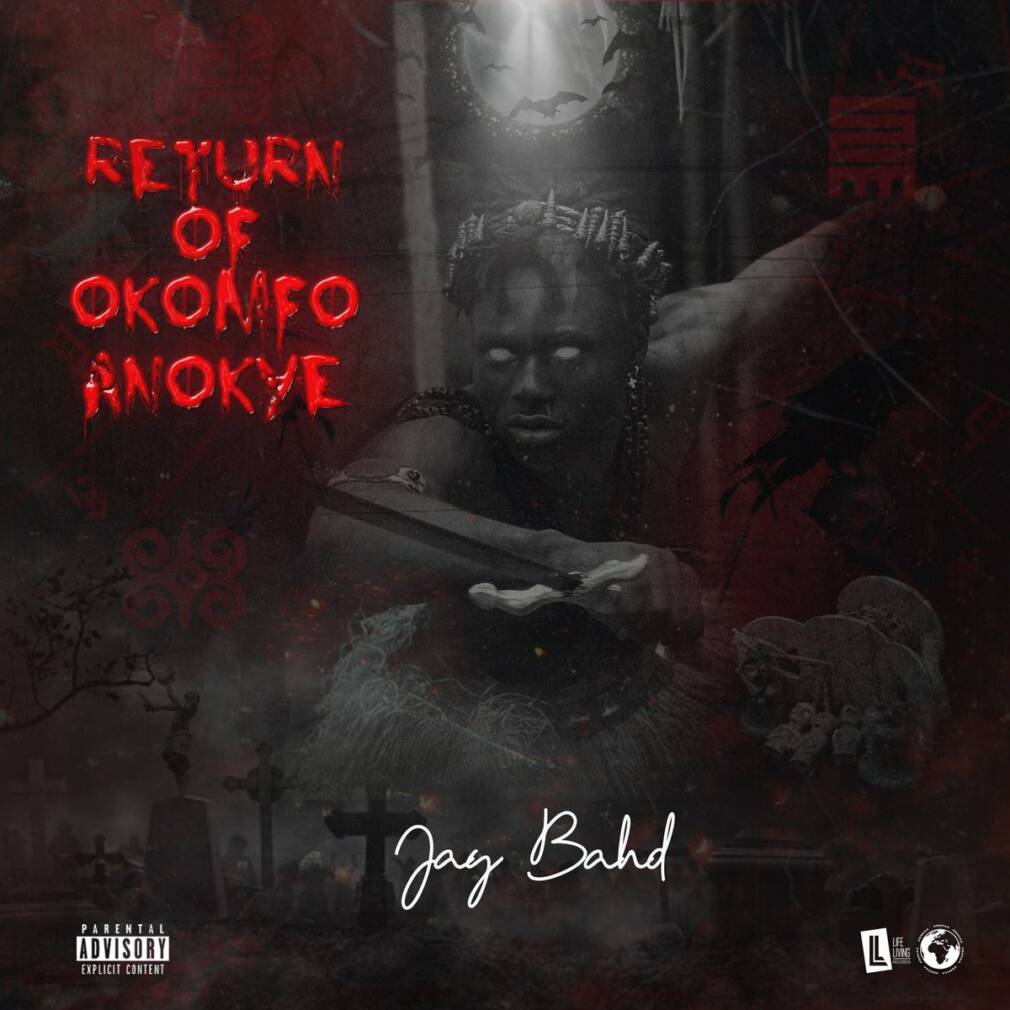
43. RETURN OF OKOMFO ANOKYE
Jay Bahd
Straight out of Kumasi, Jay Bahd, the 21 year old driller, drops his heavy debut. To start, the title is a reference to the first priest (Okomfo) of the Ashanti Empire in the late 17th century, and is credited for its vast expansion during that time. Jay Bahd is invoking this spirit, raising this priest from the dead with his baritone over the drill slide bass. A founding member of the Asakaa Boys, the Ghanaian drillers taking over Kumerica, Jay Bahd differentiates himself from his peers like Yaw Tog with a preference for darker melodies and harder breaks. Overall it feels closer to Pop Smoke (also thanks to his voice) than the rest of the Asakaa gang. Jay Bahd isn’t afraid to hop on an experimental beat either. “Summer Time” is a sinister glitch groove featuring Sean Lifer and City Boy and the chaos is put together with clarity. “Y3 Y3 Dom” is a wild group cypher that transports you directly to Kumerica, giving a window into the many young rappers who are bumping the scene in Kumasi. Expect much more drill, and maybe some huge international features from Jay Bahd and the Asakaa boys very soon. —Christian Askin

42. Almas Conectadas
Quantic & Nidia Góngora
Almas Conectadas is the latest album from English producer Will “Quantic” Holland and Colombian singer-songwriter Nidia Góngora, following up on the critically acclaimed Curao. The album explores the rich and mystical musical traditions of Colombia’s Pacific coast, bringing a modern and rock twist to this warm, tropical musical folklore. On eleven tracks, Nidia’s writing evokes “the nostalgia of impossible love, celebrates eternal bachelors, mourns the lost at sea, and tells the stories of the people of Timbiqui”, all through beautiful songs blending the cyclical rhythm of Quantic’s guitars with Nidia’s enchanting voice, offering majestic ballads with powerful horns. Not surprisingly, the singer is considered one of the leading marimba artists in the South Pacific region, and a patron of the oral tradition. Her encounter with Quantic dates back to 2007, when the producer was living in Cali, Colombia. “My neighbour used to listen to a Grupo Canalon CD over and over again,” he had recalled. “That’s when I realised how special Nidia’s voice is.” Special it is. —Nils Bourdin
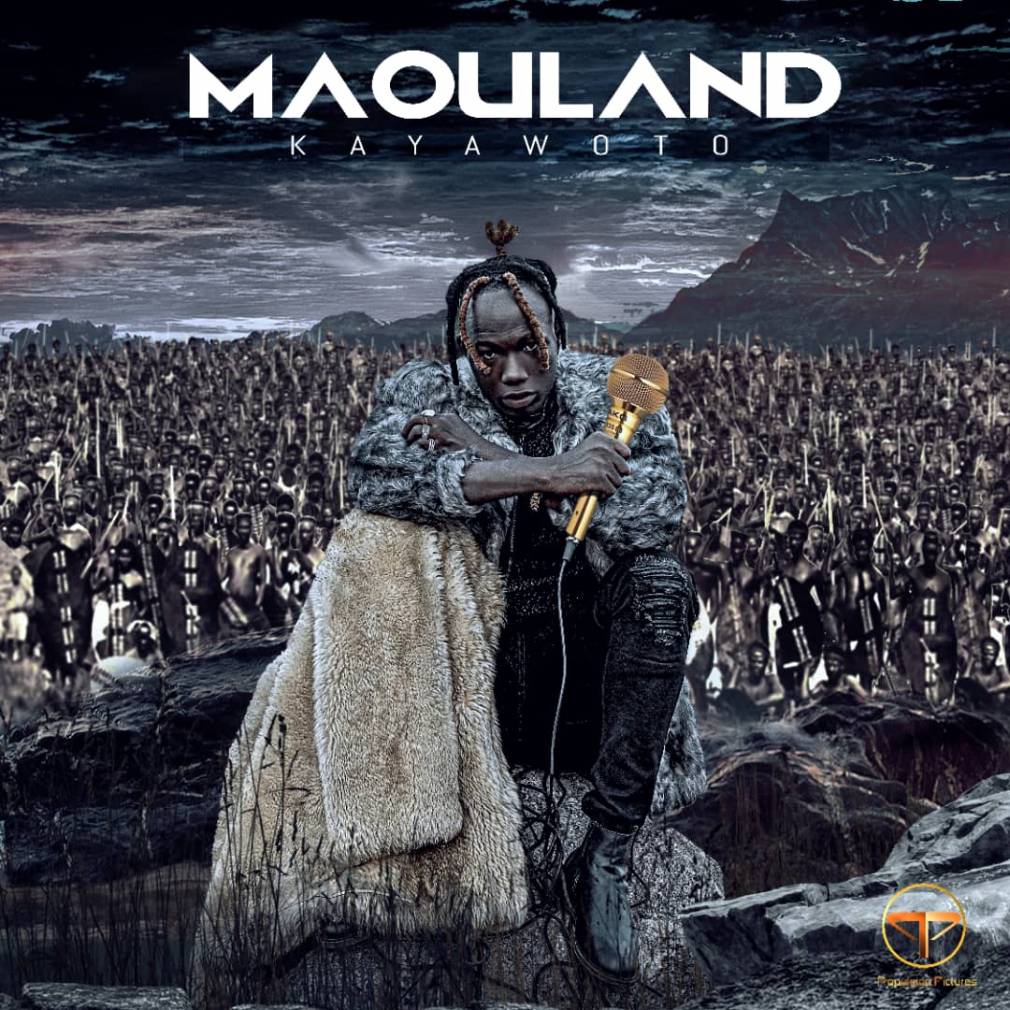
41. MAOULAND
Kayawoto
While hip-hop reached its peak in Burkina Faso in the 2000s with big names such as Smockey and Basic Soul, 26-year-old Burkinabe rapper Kayawoto intends to give it a new lease on life, saving it from the Ivorian coupé décalé and Nigerian afrobeats invasions. Maouland, his debut album released this year, imagines a community, a kingdom, an empire in which the artist is the leader. “For me, each artist must have his own empire, which is his identity,” the rapper confirmed in an interview. “He must find a name for his fans. I chose Maouland, a country that I invented for my fans that I call the Maoulandais. Maou means a man who fights, a warrior, that’s the spirit of Maouland.” “The inhabitants of Maouland are those who totally adhere to his way of rapping and the messages he conveys“, his producer San Rémy Traoré had added. The young rapper’s strength lies in his ability to rap easily in Mooré on themes concerning youth, playing as much with American codes (luxury, opulence and bling-bling are well present in the video for “Toongo”) as with local references. The older generation is indeed present and respected on the album, as shown by the track “Ayo” featuring Smockey. Faso rap has not said its last word! —Nils Bourdin
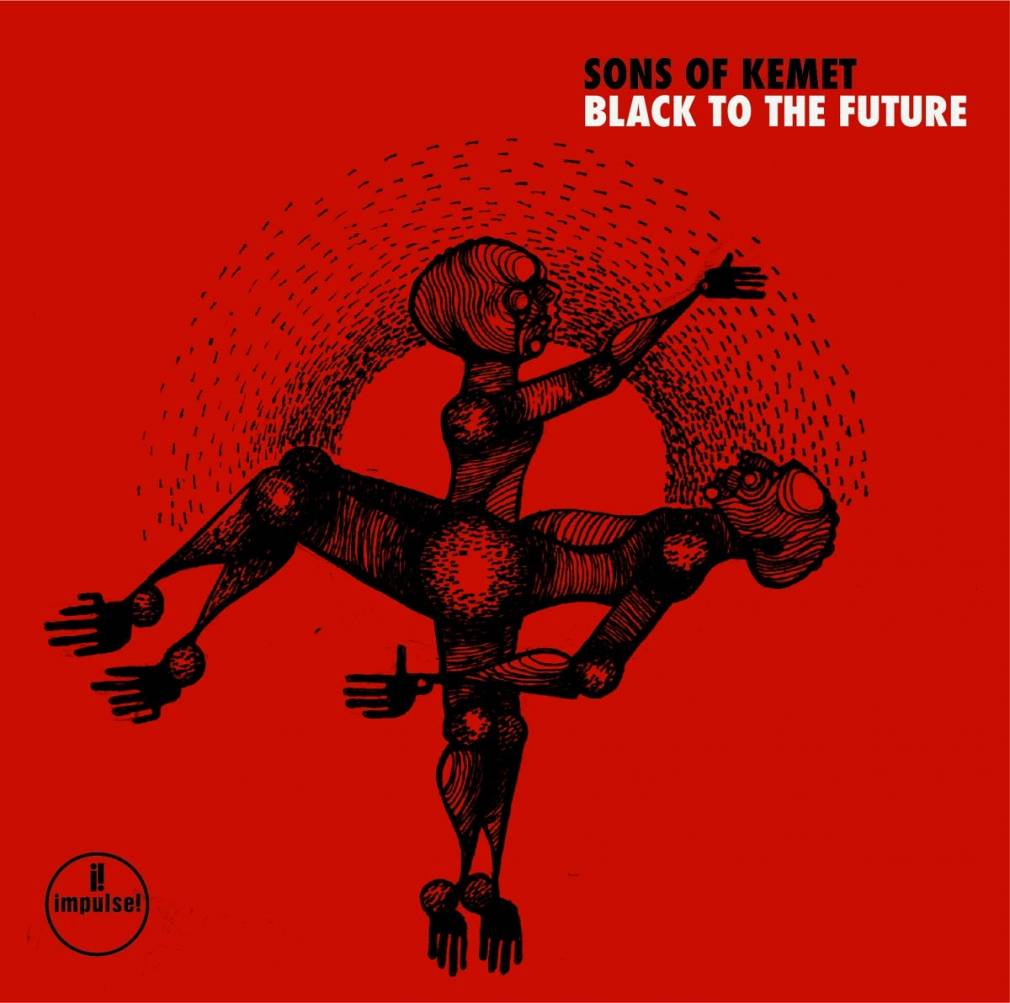
40. Black To The Future
Sons of Kemet
The fourth outing by fierce foursome Sons of Kemet fermented during the tumultuous events of 2020 further builds on 2018’s Your Queen Is a Reptile (also on Impulse!) in its unpacking of Black British identity and all of the pain and the joy that comes wherein. Over the course of eleven musical statements reading vertically as one poem, Black To The Future shows up with the intensity, gravitas and strong hooks we know to expect from Shabaka Hutchings flanked as ever by tuba player Theon Cross and drummers squared Tom Skinner and Edward Wakili Hick. Guests also abound with D Double E and Kojey Radical taking the mic alongside spoken word artist Joshua Idehen on the opening and closing poems and singer songwriter Lianne La Havas providing backing vocals on “Hustle” which pays tribute to the perseverance and resilience of those that came before. Black To The Future further sees Hutchings adding a growing collection of folkloric flutes to the brass and woodwind on tunes like “To never forget the source” which musically nods to sound system culture and Caribbean music in general, whilst acknowledging and making libation to a history and culture older than that still which is Sons of Kemet’s muse. —Lucas Keen
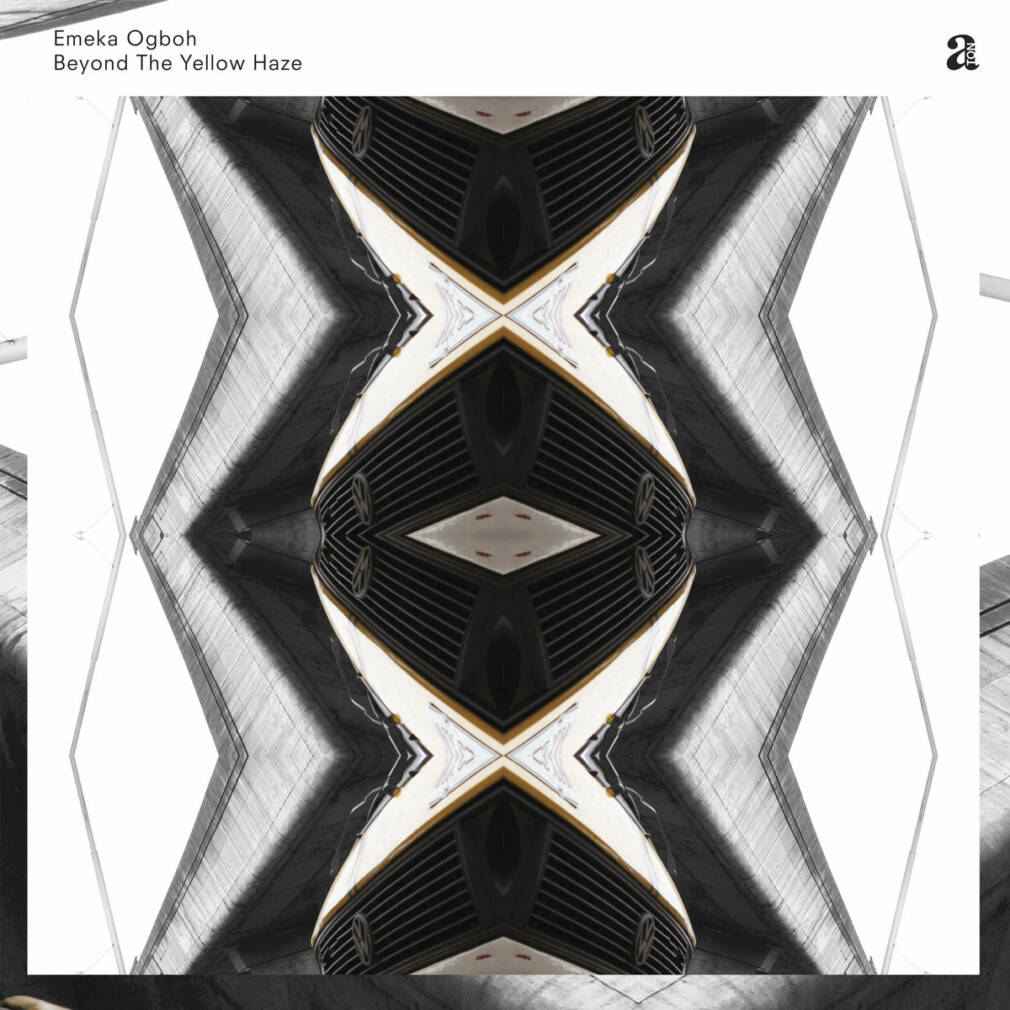
39. Beyond The Yellow Haze
Emeka Ogboh
Emeka Ogboh is a Nigerian sound and installation artist. Currently based in Berlin, the man never lost his love for the Lagos lifestyle, full of excitement, activity and creativity. Beyond The Yellow Haze, combining subtle layers of ambient electronics, dance music and field recordings from the artist’s favourite city, is an attempt to reflect the Nigerian capital soundscapes electronically, without delving in the obvious Afrobeats sounds. On the project, Ogboh’s compositions present us a veritable orchestra of honking, motors, sound systems, sidewalk sales pitches and various sonic artefacts of Lagos’s traffic hubs and busy streets. The producer even dedicates the entire 11 minutes of “Danfo Mellow” to the notorious yellow Danfo buses, known to be part of the city’s folklore. The recordings were originally included as part of Ogboh’s 2018 exhibition No Condition Is Permanent at Galerie Imane Farès and self-released as a stamped and signed artist edition. —Nils Bourdin
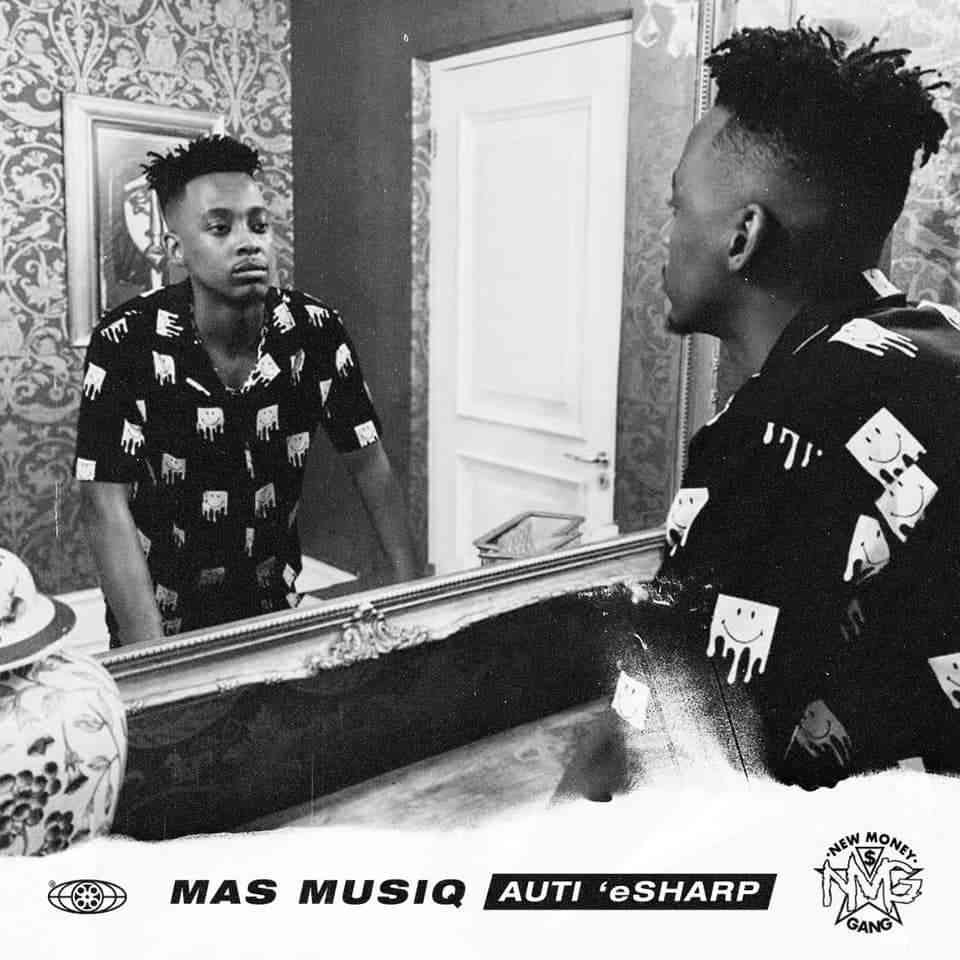
38. Auti ‘eSharp
Mas MusiQ
Arguably some of Mas’ best work yet, the Thembisa-proud producer-DJ known for his flawless arrangements enlists the flavours of long-time collaborators Kabza De Small, DJ Maphorisa (aka Madumane), TO Starquality and Vyno Miller with warm and bright sounds that saw him nominated for best duo and best amapiano album at the South African Music Awards in previous years. Spending all of his time honing his craft, the “unfuckwithable” producer has generally been low-key, but never manages to escape the respect of his fellow music makers, and Auti eSharp shows us all why, in 14 robust offerings. With a hefty amount of features, Mas begins with the woman who opened the doors for ShaSha, Lady Du and more, as Babalwa M casts her spell on “Inhliziyo;” newcomer Snenaah sets the bar anew with “Gwinya Lam” alongside crooner Sino Msolo, who’s had a groundbreaking transition to amapiano in the past year alone. Frequent collaborator Aymos echoes the anthemic success of “Emcimbini”, providing a strong vocal on the title track where their chemistry shines brightest, setting up camp on Apple Music South Africa’s Top 5 for weeks on end. Young Stunna makes multiple appearances on the album as well, with Mas matching Stunna’s rasp with smooth instrumentals, while vocalists Daliwonga and Sir Trill lean on silken strings by Xolani Guitars for “Nguwe.” This is an album meant to be enjoyed from top to tail, coming in at a solid hour and forty minutes of joy, skill and pride. —Shiba Melissa Mazaza
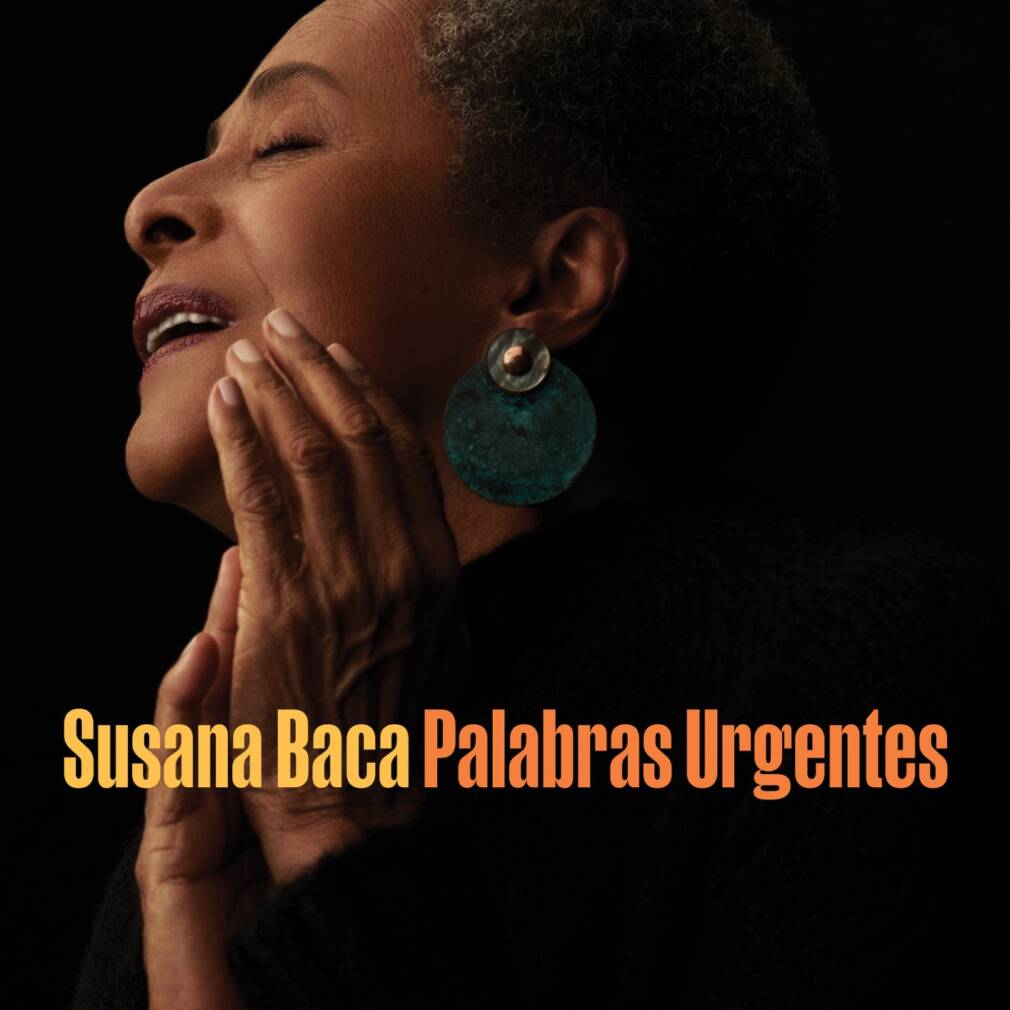
37. Palabras Urgentes
Susana Baca
At 76 years old, the Peruvian diva that did so much to spotlight the African history and heritage of her country still has much to say. Urgents things, considering the situation of her country, like that of the planet. “Don’t look at my country through rose colored lenses, no, look at it with the color of everything that’s going on : the ravaged Earth, and the rest… Paint it the color of combat, of struggle, of hope” she sings in “Color de rosa”, with the words of poet Alejandro Romualdo. Poetry, music, and politics always made a nice coupling in Latin America, and when their alliance is carried by a voice as gracious and moving as Susana Baca, it is simply sublime. This is the case in Palabras Urgentes (“Urgent Words”), the last album of the former minister of culture in 2011, before jumping into the studio. With the same gentleness and strength, she sings about the feminine figures lost in Peruvian history, or the primordial beauty of dark skin, of which she is a magnificent figure. —PAM
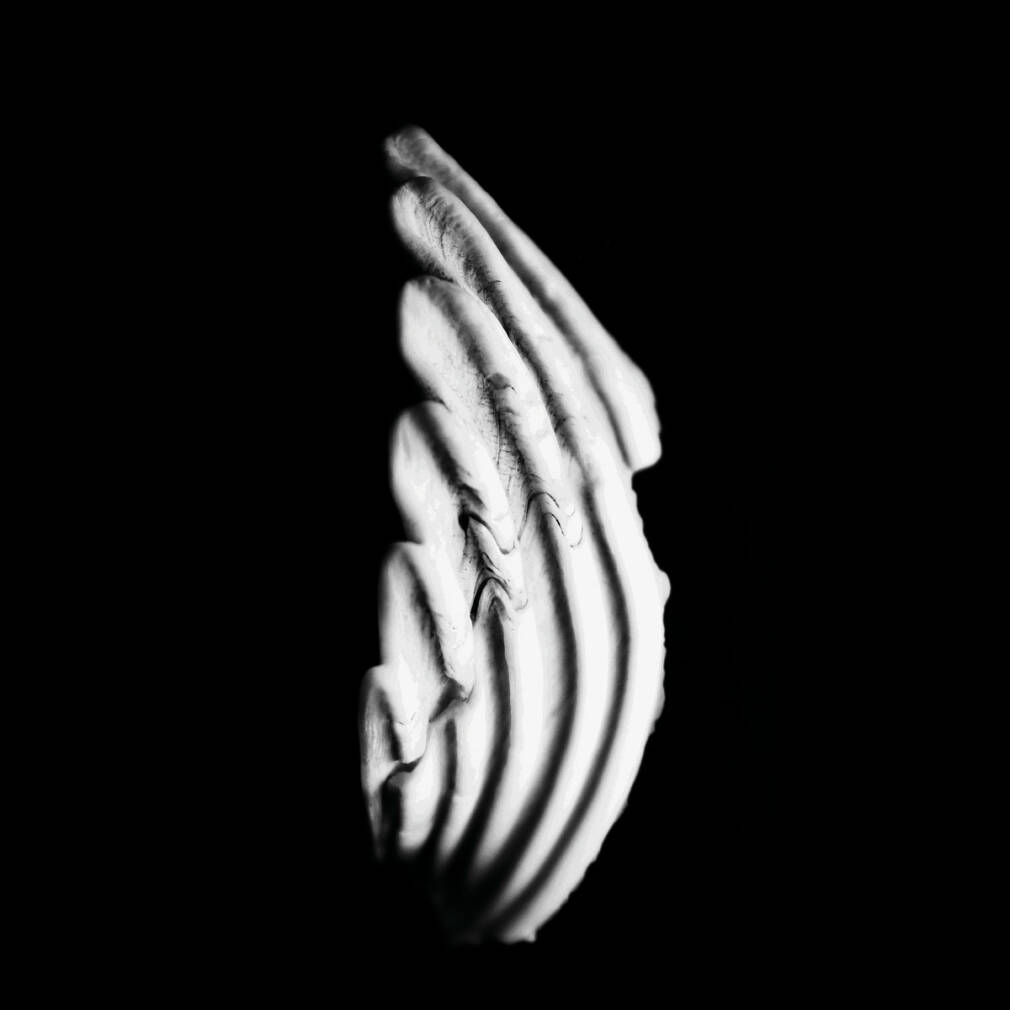
36. Logue
KMRU
Joseph Kamaru aka KMRU is as prolific a musician as his late grandfather, the massively popular 20th Century Kenyan folk singer of the same name. Logue is 1 among 5 of the producer’s albums in the last two years. That said, this 9 track, 41 minute work of ambient electronics is the most polished and full bodied that we’ve seen to date. A collection of work from the past years of KMRU’s life, between sound samples of Nairobi and his newly adopted home of Berlin, there’s a greater sense of a compositional endgame. “Jinja Encounters” makes a full emotional segway, “Argon” sounds like something off a Four Tet album, and “Bai Fields” is one of ambient music’s best stabs at guided meditation. The sounds are effortless, spliced into nature as much as mind, fitting as Joseph explains, “Every track reflects an event, space or location. The pieces are developed from field recordings, improvisation and spontaneity.” A groundbreaking work for East African ambient electronic music, and a totem in Kamaru’s efforts to bring more ambient and electronic sounds to his homeland as an Ableton workshop ambassador. —Christian Askin

35. Ivoire Drill King
Himra
The expansion of drill in world rap is no longer a matter of course. This hip-hop sub-genre originated in Chicago and was later taken up in London, to be transmitted around the world. In this movement, Africa has not been left behind, with the emergence of very specific drill scenes in Ghana and Kenya. In Abidjan, the capital of French-speaking African rap, Himra is one of the rappers who have followed the trend. After adopting Atlanta trap on projects like the mixtape Nfusa (Noushi from USA), his 2021 year was marked by the Ivoire Drill King EP, released on Def Jam Africa. The project, throughout its nine tracks and in its few videos (“C’est les”, “Grrr Pa”, “Dja”), references all the codes of UK and American drill: aggressive flows, threats, gang bandanas and angry gestures. However, as usual, Ivorian rap clearly leaves its mark on the different sounds. While bragging and multiplying energetic verses, Himra will also dip into the Nouchi and popular Ivorian references, showing off his level of rap with humor, integrating local slang and inviting Abidjanese comrades such as YoungPro and Tripa Gninnin to destroy instrumentals with him. The EP is representative of the ardour of Ivorian rap, within a global rap that has never been more present. —Nils Bourdin
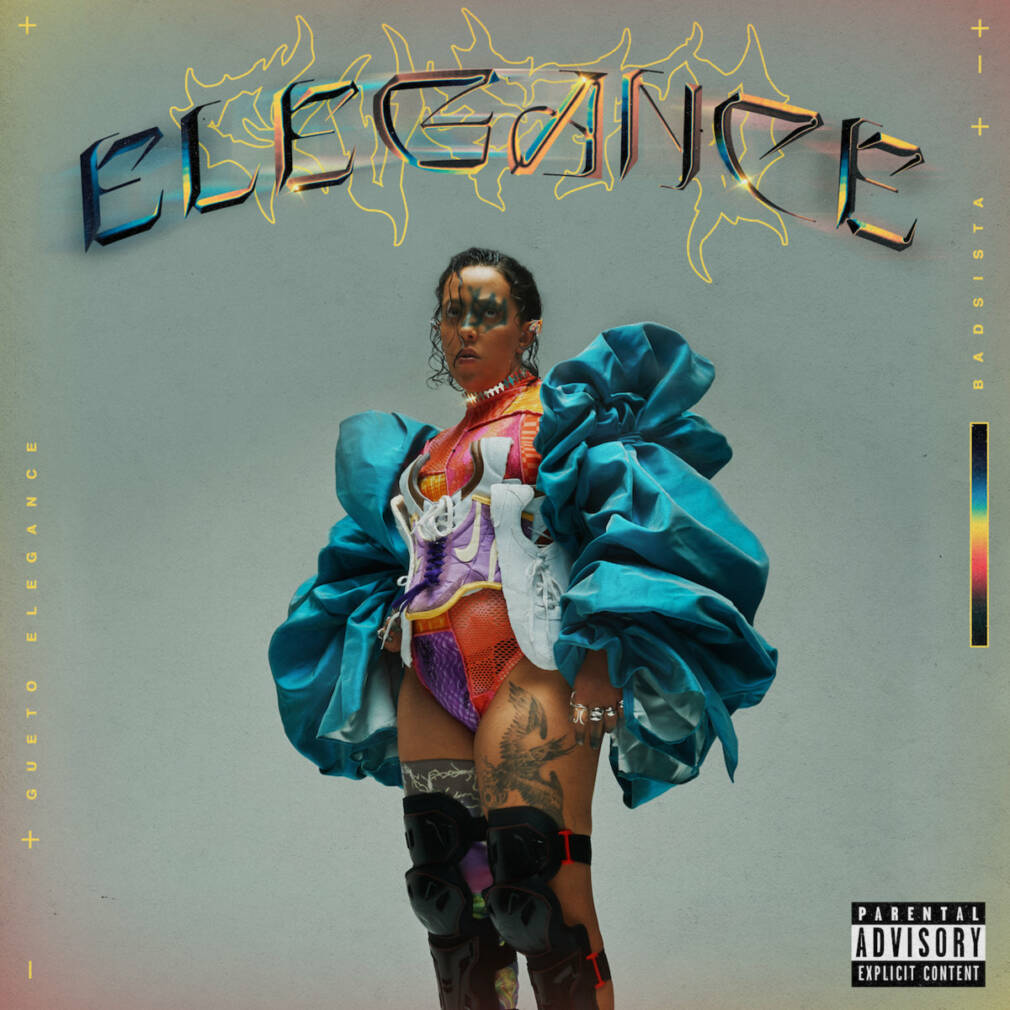
34. Gueto Elegance
BADSISTA
The title of BADSISTA’s latest album sums up the objective of the Brazilian DJ and MC’s project: to bring out the raw beauty of the ghetto, from São Paulo to Kampala via Kinshasa. Far from romanticising poverty, the 12 tracks depict the daily realities of the “quebrada” with unabashed pride, adopting an often rough sonic base that finds its inspiration in the most blatant sounds of UK garage, dancehall, Miami bass and breakbeat. While the themes of the tracks obviously include the violence and frustration that come with everyday life on the periphery (“Soca”), BADSISTA is also capable of extreme gentleness on tracks like the nostalgic “Hoje Eu Quero Brilhar” (“Today I want to shine”) or the love song “Sem Dar Tchau” (“Without saying goodbye”), proving that the elegance of the ghetto isn’t only to be found in its harshness. The project invites some of the ambassadors of Nyege Nyege and Hakuna Kulala (Rey Sapienz, MC Yallah, Lord Spikeheart), for a welcomed and coherent inter-Atlantic dialogue. —Nils Bourdin

33. Yaral Sa Doom
Wau Wau Collectif
Looking at the picture on the cover, you might already get an idea of what this record is going to be like. Yaral Sa Doom, a tribute to Dakar’s Super Diamono, tells the story of the meeting between Senegalese poets, percussionists and beatmakers, and the Swedish musician/producer Karl Jonas Winqvist, who came to live in an arts centre on the outskirts of Dakar for three months. “[I was] alone, never having been to Africa before and speaking neither French nor Wolof….” This potentially isolating position might in fact have brought him luck, as it was his musical intuitions that guided him instead. From jams to unannounced concerts, the idea of making a record testifying to this alchemical experience began to take hold. Back home, Winqvist shared his vibrant recordings, completing them with some Scandinavian contributions (on flute and sax), eventually crafting this retro-futuristic record that plays with borders and traces points of connection between the northern and southern hemispheres. The result is an unidentifiable soundscape, somewhere between a curious pop-flavoured cocktail, phantasmagorical references to Senegal, Sufi singers and a toaster on reverb. It is indeed a unique record – case in point, the ballad where the background is all tired jazz and distortion, with the vocals provided by a Senegalese taxi driver from Stockholm, with his kids singing the chorus. —Jacques Denis
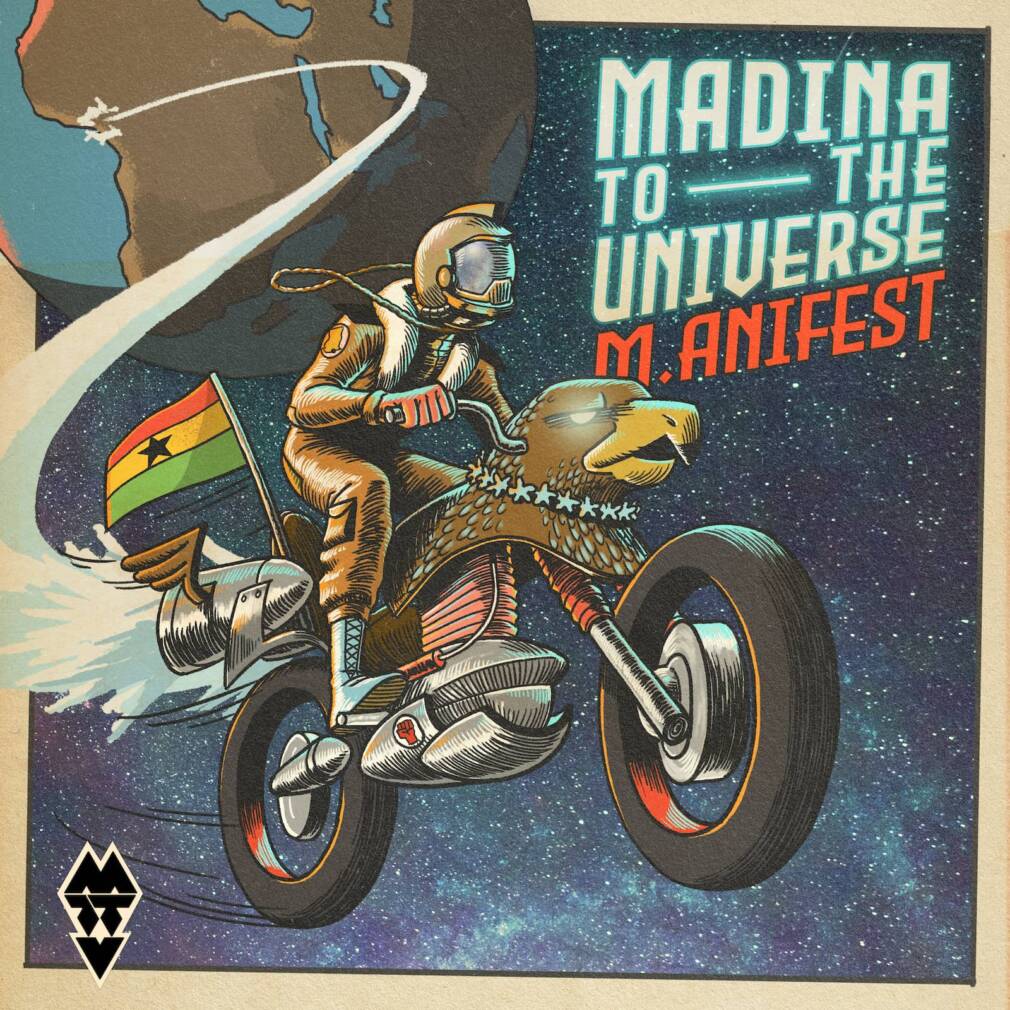
32. Madina To The Universe
M.anifest
The time for rapping hard, showcasing skills and trying to impress his competitors is over for M.anifest. The man’s career has been spanning over ten years, and his latest EP The Gamble had combined critical and commercial success. On his fifth studio album Madina To The Universe, the Ghanaian rapper pays tribute to his hometown and goes beyond spatial geography by exploring the hidden places of his mind, heart and soul. Known for his love of language and the quality of his writings, his natural storyteller trait is more present than ever on this colorful project, where he sets his imagination and his creativity free alongside Vic Mensa, Adekunle Gold, LADIPOE, Tiggs Da Author and Patoranking. From the highlife-infused “Confusion”, which speaks about the beautiful chaos of living in Accra, the sweet and sour “Weeping Clouds”, the loving “Game Over” and “La Vida” to the luminous “Blessings”, the album is an energetic yet touching portrait of what fascinates, preoccupies and drives the award-winning rapper. “I think a lot of times, I don’t wanna live so much in my head”, he had told us. “I like speaking about things I see, things around me. […] When you have the chance to retain your creative essence, one other thing that happens is that your vulnerabilities are the things you tap into first. And I think at this stage of my life, it’s much more important for my art to do more of that.” —Nils Bourdin

31. A Touma
Ballaké Sissoko
The Malian virtuoso returns for a close tête à tête with his kora, exploring Mandingo traditions, family history and Malian legends on eight tracks. The LP marks a captivating, intimate and authentic testament, recorded in one afternoon in which Ballaké takes us on a meandering, majestical trip that borders on the sacred, treading on serene meditative uplands as well as the historic plains criss-crossed by Mandingo warriors straight from the epics of the region’s proud heritage. On “Demba Kunda”, for example, the maestro takes us to his father’s Gambian village, while “Mande Tabolo” tells of the building of the Mande and “Simbo Salaba” marks a reinterpretation of a Mandingo warrior song. Ballaké is the best ambassador of this heritage. He recently featured on the famous COLORS show stage in Berlin for a performance of “Nan Sira Mad”, the song that opens the new album. As for the title track, “A Touma”, listeners can take it to mean “this is the moment:” the moment for Ballaké to share the fruits of his maturity, and for us to be blown away by the result. —PAM

30. Muthoni Drummer Queen
River
“I’m African with my ethnic origin, I live in Nairobi with its urban, international culture, I’ve travelled and enriched myself with the outside, and I always come home to my house, to the source. […] It makes me think of mountain tops melting, giving birth to a river that tumbles down to the ocean, which the sun warms up giving birth to clouds that become rain that will water the mountain tops, and the cycle starts again”. We couldn’t find a better way to sum up Kenyan Muthoni Drummer Queen, but also her music, without complex, that crosses Kenyan rhymes with dancehall, hip-hop and r&b, upon which she raps, in English or Swahili, collaborating with European DJs or Kenyan pop stars Sauti Sol (“Love Potion”). An album made with the same materials as She, just as conscious, but reworked to speak to big stages the world over. Just a little bit of patience, the tour will begin soon. —Vladimir Cagnolari
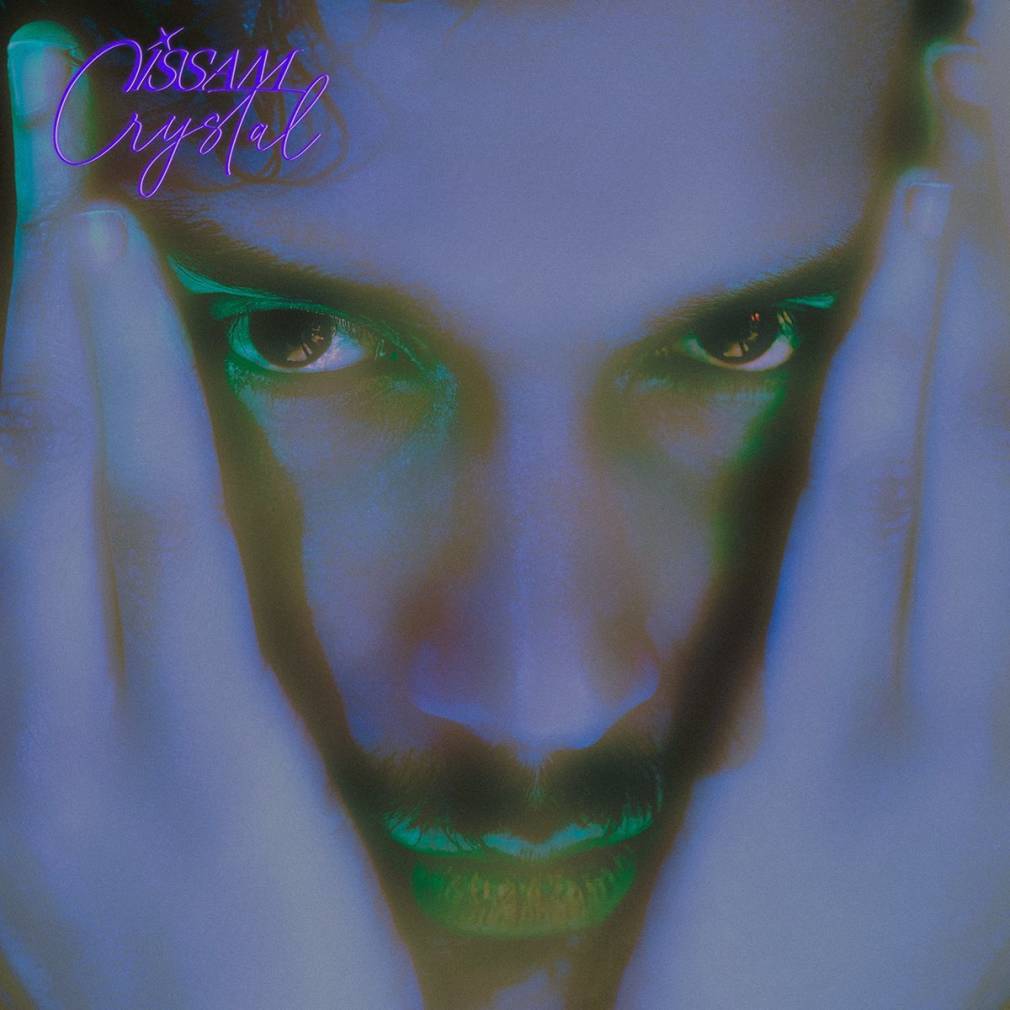
29. Crystal
ISSAM
A former photographer who started making music five years ago, ISSAM is taking his Moroccan rap and Darija sound far beyond the kingdom’s borders. For Crystal, his first album, the young artist was assisted by Travis Scott’s sound engineer, Jimmy “Cash” Passion, after making the cover of GQ Middle East and signing a big contract with Island Def Jam through Cilvaringz, a Wu-Tang affiliated rapper. The result: “homeland trap”, fed by rai, pop, rock and electronic influences and inspired by the ghosts of Cheb Khaled, Cheb Hasni and Cheb Mami. The album’s 20 tracks offer a vivid portrait of this complex artist, driven by the ambition to change the norms of Moroccan hip-hop. “Half of the themes are emotional and dark,” he told us in an interview. “For example, in ‘Drakula’, I talk about someone who is betrayed by the girl he loves and turns into Drakula to kill her. For ‘Wchahm Jnah God’, I had a dream about a woman, with wings tattooed on her back. So I used this image to write a slightly surreal and experimental song in which I play with my voice. And I also have lighter songs like ‘Hada Raï’ or ‘Basta Baila’“. —PAM

28. Teenage Dreams
Native Soul
Pretoria natives Kgothatso Tshabalala (19) and Zakhele Mhlanga (20) team up for their amapiano debut on a brooding slow-burn of a project that ropes listeners into the patient awareness that amapiano demands. The formulas are often simple, but the composition for the young producers shows an emotional maturity as well as an attention to detail. Each track, over 5 minutes long often pushing 7, display the subversive and contagious aesthetic that made amapiano so popular, especially to Western audiences. The lack of a drop, the moody build with sparse payoff, the constant knife’s edge of the synth that makes listeners hyper-aware of each new element. It’s as heady as it is danceable. Careful listeners will hear a gun cock at 3:33 on “Way to Cairo” (coincidence or mystique?), the matching piano riffs and robot voice on “The Journey” (a track that doesn’t introduce the log drum until about 3 minutes in) and the duelling piano and log drum on “Ambassador ft. Ubuntu Brothers”. Not to mention the album is virtually without vocals, a creative testament to amapiano producers out there. It’s grainy in a way that respects amapiano’s DIY upbringing, and precise enough to crystallize the best of what the genre has to offer (and an experimental challenge to the forerunners i.e. the watery effects on “Letter to Kabza De Small”). Keep on dreaming Native Soul, much beyond your teenage years. —Christian Askin
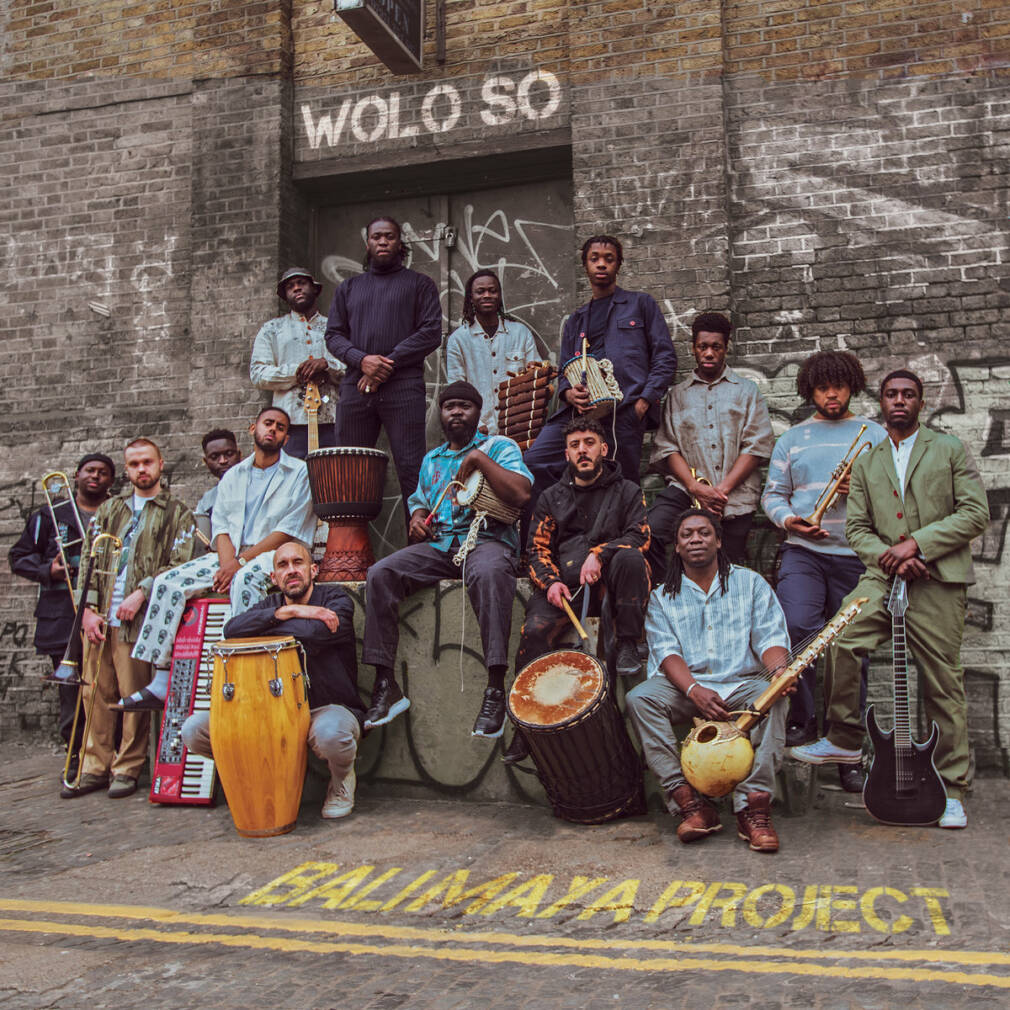
27. Wolo So
Balimaya Project
The debut album by pan-African big band Balimaya Project arrived just as London started to open back up and the rhythms on this impressive 7 title EP refuse to be contained. Under the musical direction of master djembe player Yahael Camara Onono, Wolo So opens with the eponymous “Balimaya” which is set up by the stately kora of Jali Bakary Konte before the band’s unit of brass players enter with syncopated stabs and the remaining percussionists and rhythm section join as one for musical lift off. Released on the jazz re:freshed label, Onono’s hand picked band are part of a roster of talent to have come up through the label’s events and residencies as well as celebrated jazz education programmes Kinetika Bloco and Tomorrow’s Warriors. Manding music is mansa here though, and songs like “Soninka/Patronba” (blessed by the voice of Mariama Tounkara Koné) are orchestrated by the deft djembe of Onono who gives a pidgin nod to his mixed Senegalese and Nigerian heritage on “I no go gree/Aniweta” which features conversational talking drums and bold brass . A beautifully produced album which leaves space for everything from the tiny doundoun bell to a trumpet. —Lucas Keen
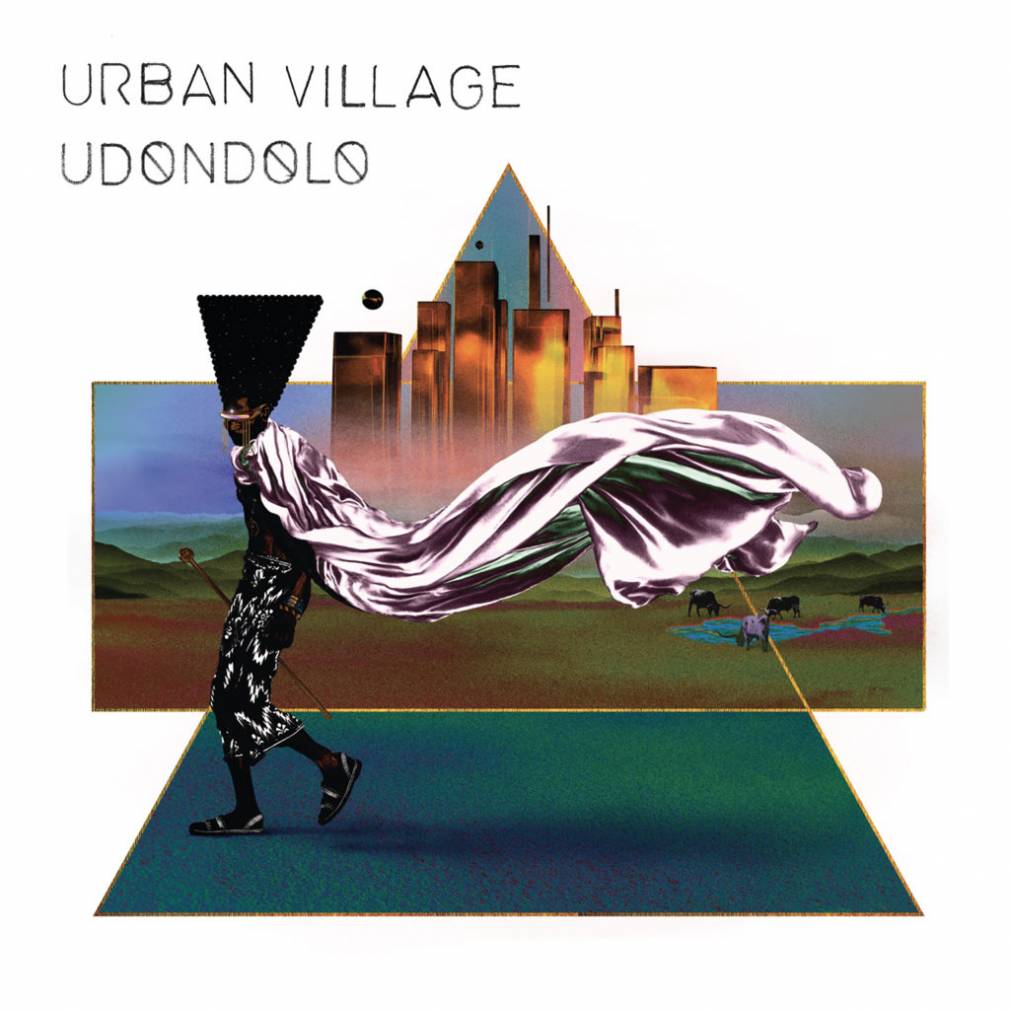
26. Udondolo
Urban Village
The long-awaited album of the young quartet from Soweto is a concentrate of South Africa’s music history. Imbued with Zulu tradition, the songs of Urban Village carry within them the experiences of the black South African people, forced to leave their provincial hometowns to work in the mines of Soweto. The result is a sprawling music composed of Zulu guitars, indie folk, isicathamiya-inspired choirs and jazz, all carried by a striking spiritual energy in homage to the asphalt of their ancestors. See PAM’s exclusive documentary following the group through their hometown here. —PAM
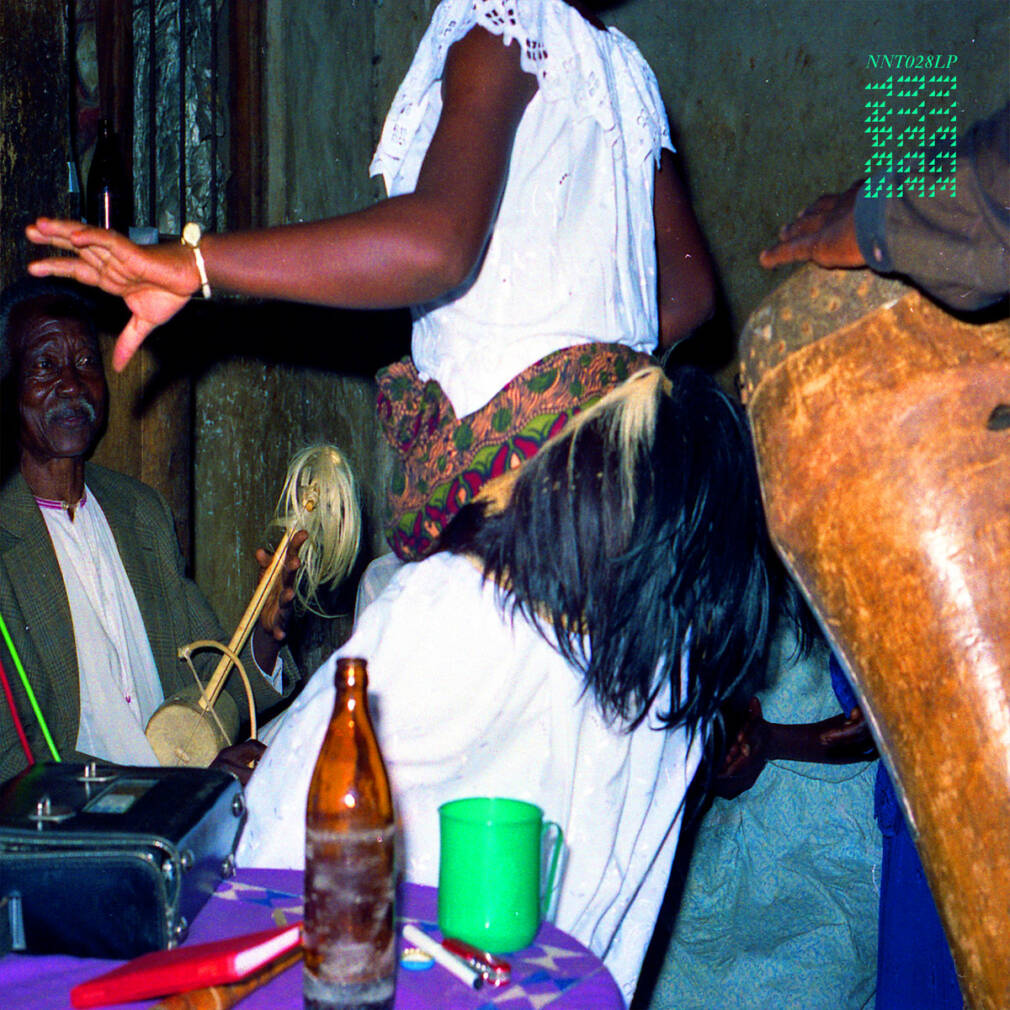
25. Buganda Royal Music Revival
VA (Nyege Nyege)
Tapping into a tradition that dates back to the 14th century, Buganda Royal Music Ensemble is a revival of a scattered heritage. Throughout the album, we’re introduced deeper to an array of instruments and textures, like the buzzing Bugandan lyre (endongo), the resonant akadinda xylophone with its 21 large wooden keys and Temutewo Mukasa’s restless praise sung with his harp (ennanga), the hand-made gourd trumpet (amakondere), the entenga “drum-chime” and its core set of 12 drums tuned like the amadinda xylophone, or the tightly intertwined melodies of the flutes ensemble (abalere). —PAM
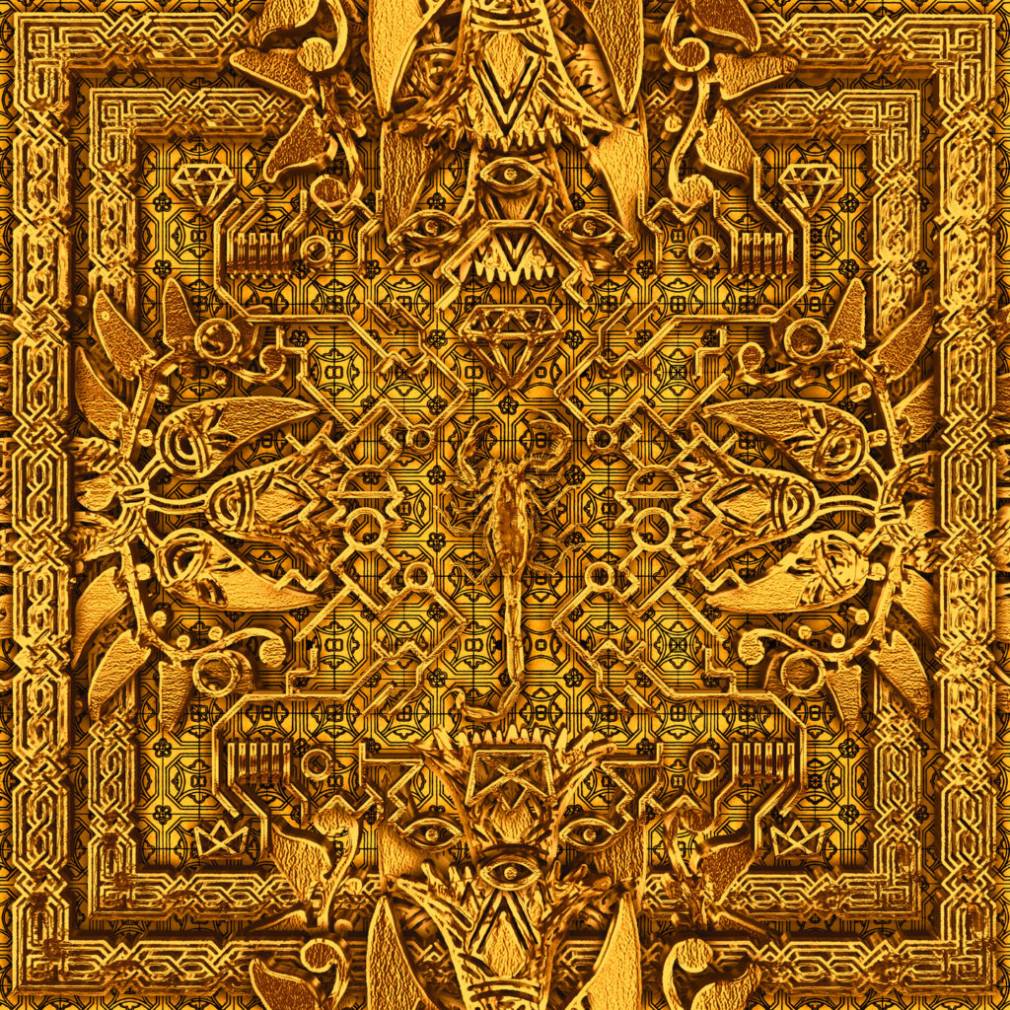
24. RUMBLE IN THE JUNGLE
Scorpion Kings
RUMBLE IN THE JUNGLE is a joint album from three artists who have more than established themselves in their respective lanes. DJ Maphorisa doesn’t need any introduction, pumping house, gqom and amapiano anthems for just under a decade, while Kabza, on the other hand, holds the crown for the self given title “King of amapiano” since his debut album. With the South African house subgenre now cemented in the mainstream, this project was an attempt from its figureheads to push it even further in terms of geography but also in terms of musical borders, adding a Swahili, pop or folk twist to it on tracks like “Folasade” or “Funu”. “Each artist is different, everybody has a unique sound and when you’re working on production, you have to make sure that the instruments gel together with the artist. But the most important part of production is making sure that you and whoever you’re working with, have synergy”, Maphorisa explained to us. “I have known Maphorisa for over 5 years and we’ve done some unfinished work together, but this is the time we’ve completed a project”, TRESOR added. “I met Kabza through Maphorisa about 2 years back.This will be our first ever release.Right timing was important for us to make the music we’ll all be proud of. My vision is to really be able to transcend age, genre, colours and nationalities. In one year I can do a song with Metallica, Drake and then do an album with Maphorisa in French and Swahili.” —PAM
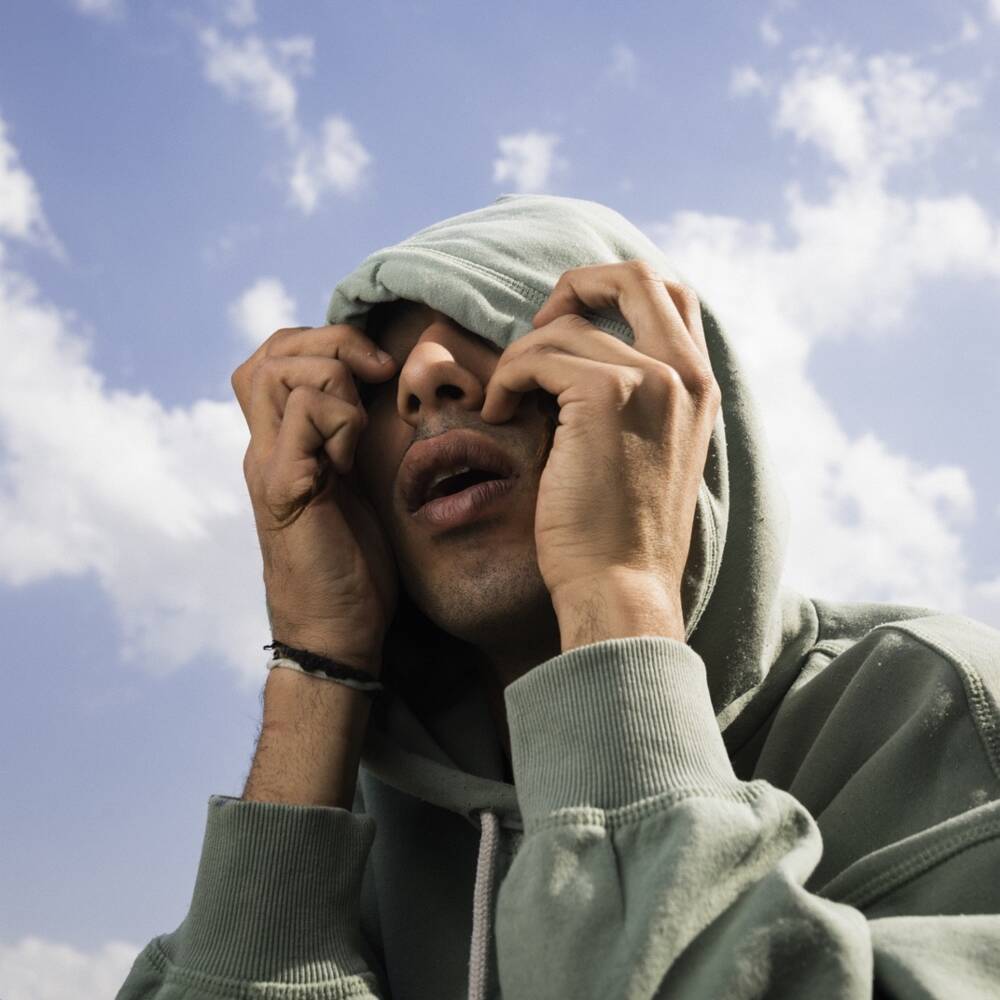
23. El Sahaba
Mousv
Abyusif, Abo El Anwar, the unexpected return of Marwan Pablo and Wegz… The Egyptian trap scene is an embarrassment of riches but it was Mousv’s latest project that caught our attention this year. After OV, a mixtape released in 2019, the MC from Ismailia in the north east of Egypt came back this year with his first full length and fully realised record. Recorded entirely in the studio with young producer Mohaimen, El Sahaba is rich, dark, and deep, occasionally flirting with horrorcore – just check out the track “KHABASA”. Nevertheless, our singer allows himself some beautiful moments to sing, like on “El SAHABA” or on a track like “WESWAS”, which feels like it’s summoning forth the mood of Lil Durk in the depths of an old Egyptian city. This venomous nine-track album puts us in mind of XXXTentacion or 21 Savage. The music scene in Egypt has, once again, set the bar very high: El Sahaba is molten hot and a very well mastered first release. —Théophile Pillault
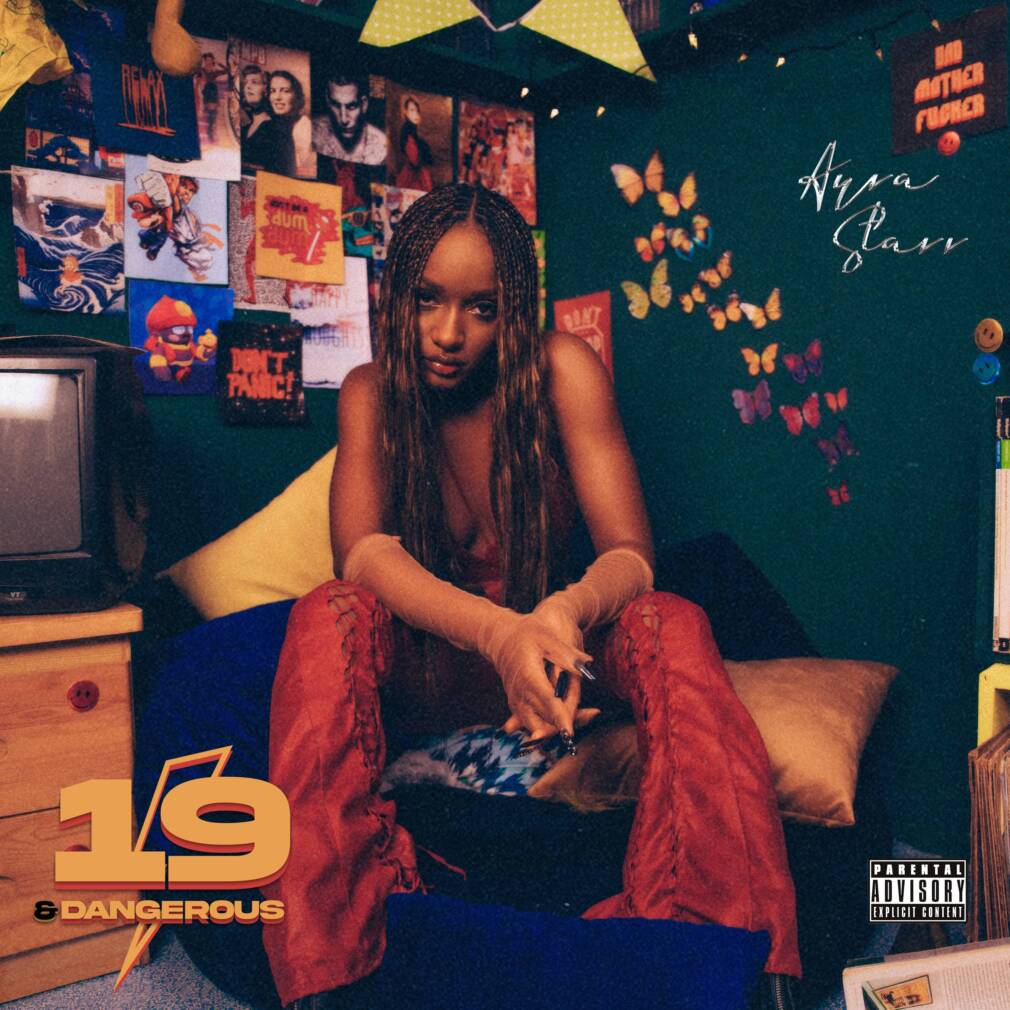
22. 19 & Dangerous
Ayra Starr
Seven months after her eponymous debut EP, Ayra Starr upped the ante with the release of 19 & Dangerous, her debut album. “When you know that you’re not scared of mistakes, you become dangerous because you have nothing to lose”, was the 19-year-old’s response to mixed feelings upon the album’s announcement months ago. 19 & Dangerous is rightly presumed as a love child of Adele’s 19 and Rihanna’s Good Girl Gone Bad. From the wild, consequences-be-damned drift of “Cast”, to the enticingly vain tendencies of “Fashion Killer”, the trauma of being impressionable on “Toxic”, the vulnerability on “Beggie Beggie” and the assertiveness on “Bloody Samaritan” and “Bridgertn”, 19 & Dangerous is the memoir of a Gen Z woman navigating adolescence. Ayra Starr, at 19, is smashing stereotypes one feat at a time as this project tops off the call for inclusion and encouragement of more teenage women in the Nigerian music industry. The range of themes explored in this project, once again, tips Ayra as the undisputed spokesperson for Gen Z affairs. —Tochi Louis

21. Crocodile Teeth LP
Skillibeng
Skillibeng has blown up in 2021, confirming his status as one of Jamaica’s most recognizable voices. While his latest instalments – The Prodigy and The Prodigy: Ladies Only Edition – had already shown deserving for their egotrippy titles by extraordinary inventiveness along three hours of uninterrupted music, now Crocodile Teeth LP, has wrapped it all up in 20 minutes length. Showcasing a flattering lineup of Jamaican, US and UK features, Skillibeng remained true to his raspy voice, addictive ad-lib identity, with a well-balanced blend of drill and dancehall. — Marc Méresse
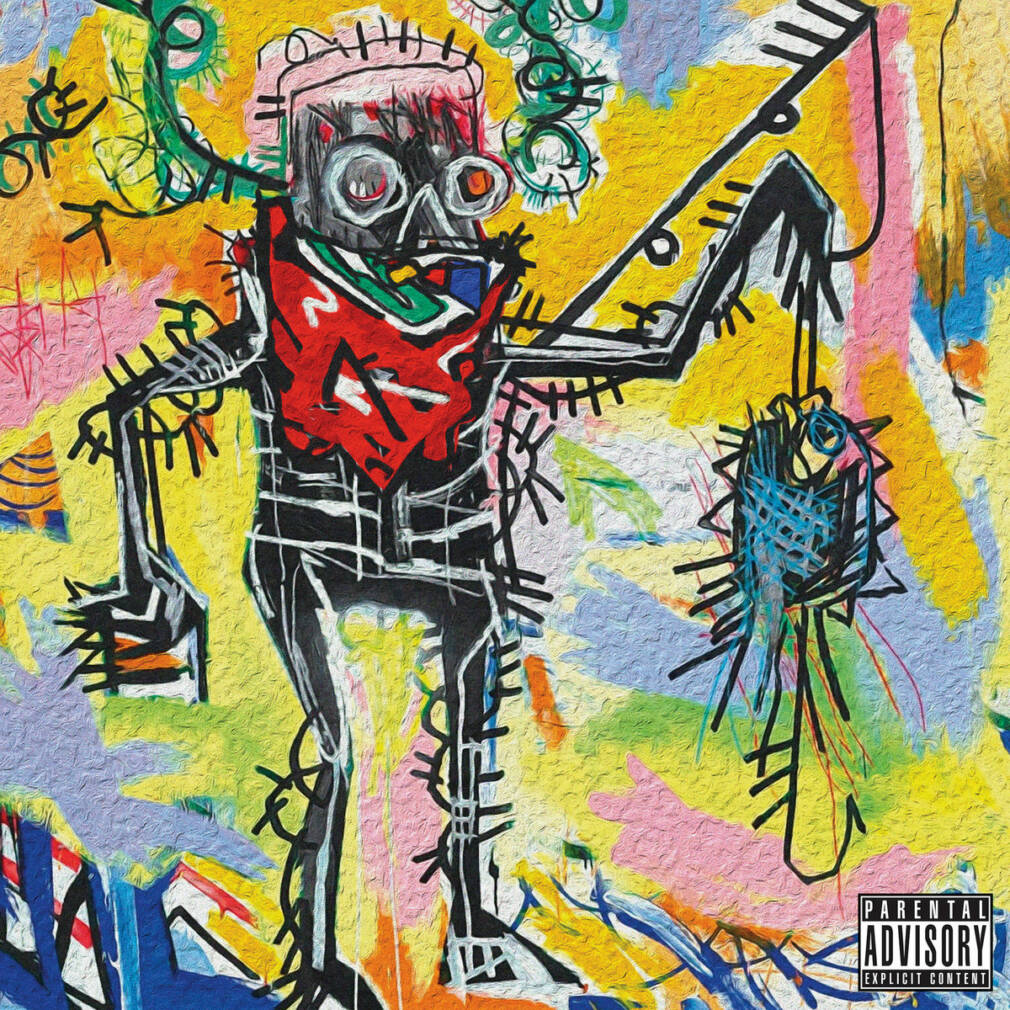
20. Pray For Haiti
Mach-Hommy
Mach-Hommy is one of the slickest voices in hip hop. Switching between cadence and Creole, abstraction and cutting symbolism, listening to Pray for Haiti is a constant whirlwind. “The Stellar Ray Theory” is a type of manifesto, cryptic and distant, ending in a sample of Taxi Driver and a Travis Bickle quote that looks at the world with a sense of pompous disgust. Though it’s not off-putting. Somehow Mach can rap about the, “Whores, skunk, pussys, buggers, queens, fairies, dopers, junkies” without seeming petty. Instead all is through the eyes of a master storyteller. It reminds me of when Kendrick Lamar released a 17 track tape and called it an EP. It’s redefinition with sleight of hand. This is made explicit on “Kreyol (Skit)” which features an academic lecture on the regional colloquialism of Creole. Westside Gunn of Griselda Gang makes a few vocal appearances but more importantly is the executive producer of the project. The Newark native’s inclusion is the perfect rough-edge melodic that Mach’s voice needs. After a single listen we’re all praying for Haiti, though Mach leaves it up to the listener to figure out what exactly we’re praying for. —Christian Askin

19. Sounds of My World
Juls
Sounds of My World includes a fine selection of rappers stepping up to be on Juls’ debut. Dreamville’s Bas and Grammy winning Maryland rapper Mannywellz appear on “Wish You”, a baile funk rhythm blended into an r&b highlife fusion. “Wicked”, one of the album’s lead up singles features Angola born London rapper Kadiata, the distinctive Kilburn rapper Knucks, and House of Pharaohs collective member Sam Wise. The track is a late ancestor of Banku, this time blending afrobeats with glitch culture and a smoothed out transition of alternative r&b and highlife jazz. To top it all off, we hear Prettyboy D-O, Nigeria’s most eccentric alternative rap artist, lay down some fire on top of the minimalistic “Alarm” alongside Suspect. Overall the project is a pan-African delight carried by the precise productions of the inventor of Banku and now forerunner in diaspora productions from reggae to Afrobeats. —Christian Askin
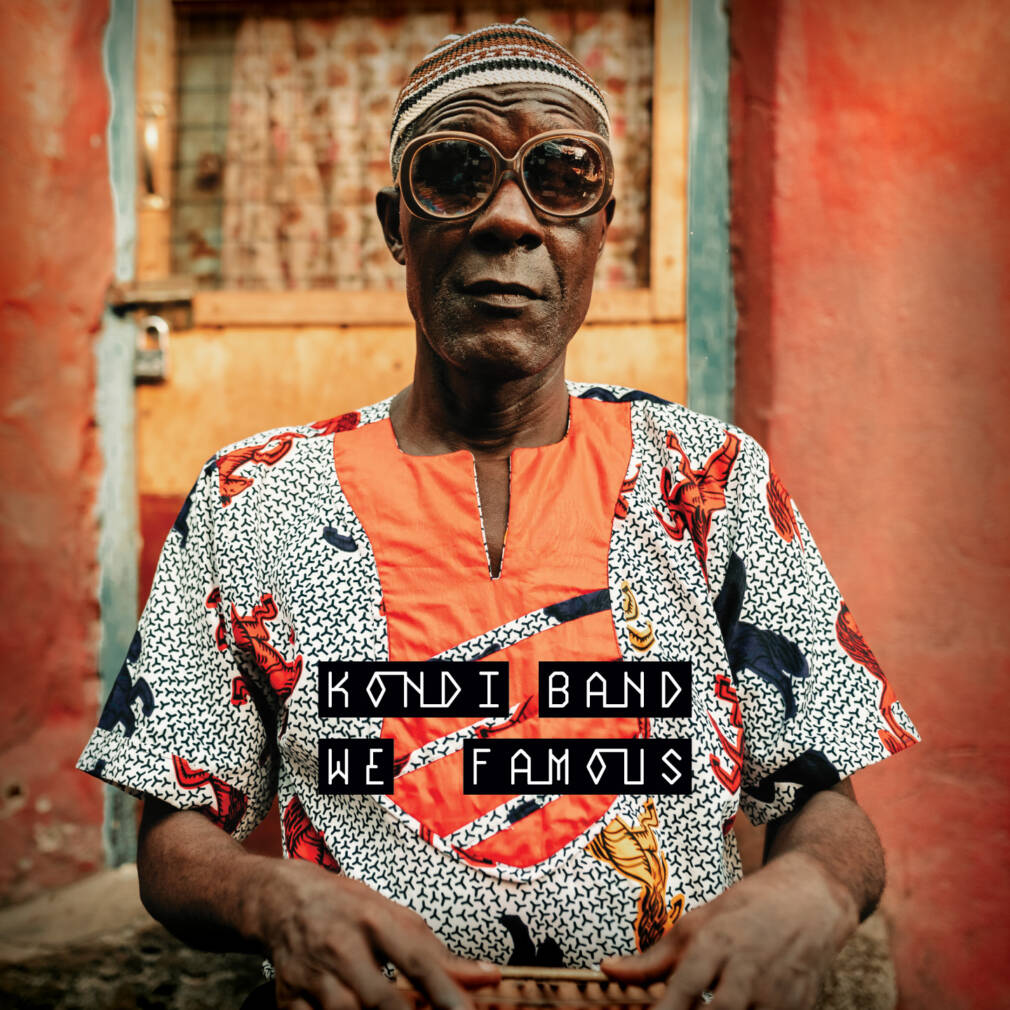
18. We Famous
Kondi Band
Announced via three singles including the excellent “It’s God’s World (So Don’t Do Bad),” the Kondi Band trio finally released We Famous. Sierra Leonean musician Sorie Kondi, his compatriot Chief Boima and English producer Will LV, recorded the album over a period of four years, while Sorie toured Belgium, Spain and the Canary Islands. The result is an irresistible set made of varied and colourful tracks, in which Boima and Will give the acoustic musician the keys to the dancefloor. Sorie and his thumb piano fit perfectly within dance music, thanks to his catchy lyrics and infectious melodies. —PAM
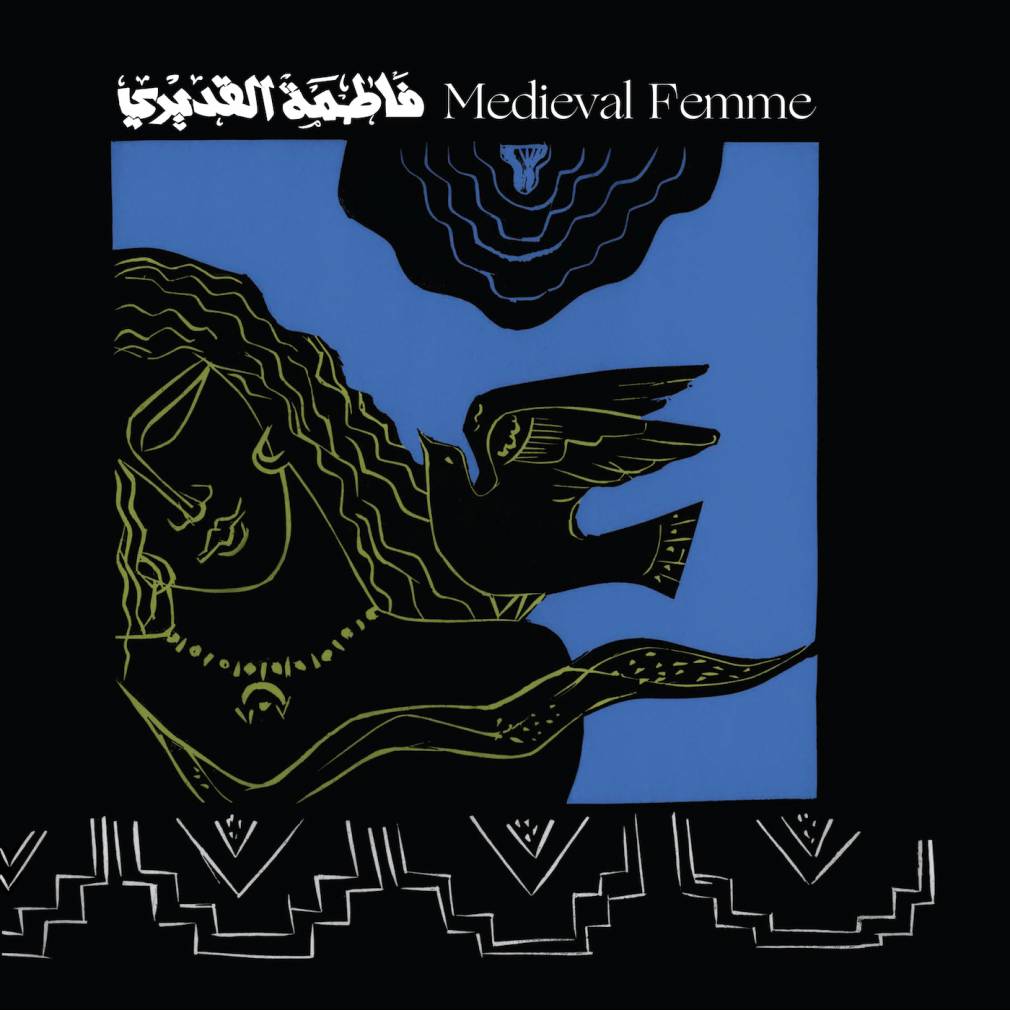
17. Medieval Femme
Fatima Al Qadiri
Born in Dakar, Kuwaiti producer Fatima Al Qadiri inspires herself from her path of immigration from West Africa to the Arab world to offer us her deeply cinematographic and ambient music on Medieval Femme, released via Hyperdub. Her previous work on the soundtrack of the movie Atlantique by Mati Diop shows, as the different tracks of the album all plunge us into vivid, graphic and powerful atmospheres imposed by minimalistic yet strong arrangements. The emotions transmitted are strengthened by the spirits of Al-Khansa and other classical Arab female poets from which Fatima inspired herself, making for a “fantastic album of crazy romantic arabesques” transporting us to an Islamic garden in which the present seems totally dissolved, leaving room for letting go. Poetry and music intertwine constantly, as the album’s theme explores the state of melancholic longing exemplified in writings from the medieval period. The composer uses the lute, an omnipresent instrument during these ancient times and places it in a futuristic setting, with vocals that lull us like a mantra. —Nils Bourdin

16. Interblaktic
Muzi
Interblaktic is a continuation of Muzi’s exploration of African space, a theme already touched upon in his 2018 Afrovision, released under the artist’s alter ego, the “Zulu Skywalker.” The album is firmly rooted in the present and in the philosophy of Afronowism, which emphasizes the fact that African artists should be considered great now, not just in the future. Optimistic, uplifting and otherworldly, the project chronicles a journey to Mars, a return home and a realisation of the importance of love. “When I was just a kid, I was obsessed with anything that had to do with space and stars,” the producer told PAM in an recent interview. “And then when I started getting into music, I gravitated towards music that had that sort of theme. Hence the whole electronic thing.” —PAM

15. President Ya Straata
Focalistic
In the African artists sphere, Focalistic probably had the best year in 2021. Invading Nigerian, Tanzanian, Kenyan, Ghanaians and British airwaves with his distinctive swagger and sePitori flow, his twelve past months have been a succession of hits, international sold-out shows and plane travels. Yet, far from home or not, Foca firmly remains the President Ya Straata, president of the Pretoria, Johannesburg or any South African streets. This year’s record confirms it: on seven explosive tracks of which most were already local anthems before their releases, featuring the top and the emerging of the amapiano industry (DJ Maphorisa, Busta 929, Felo Le Tee, Mellow & Sleazy, Myztro), the “Pitori Maradona” aims big while staying relevant locally. “Barcardi Ke Religion”, for example, is a bacardi track, a South African house subgenre from the early 2010s emerging from the Pretoria township of Atteridgeville; four months after its release, some already think bacardi house will soon replace amapiano. Whether these speculations are verified or not, the project only proves once again how inventive and dynamic South African house music (and hip-hop!) can be, while also warning us about how much it still has in store. —Nils Bourdin
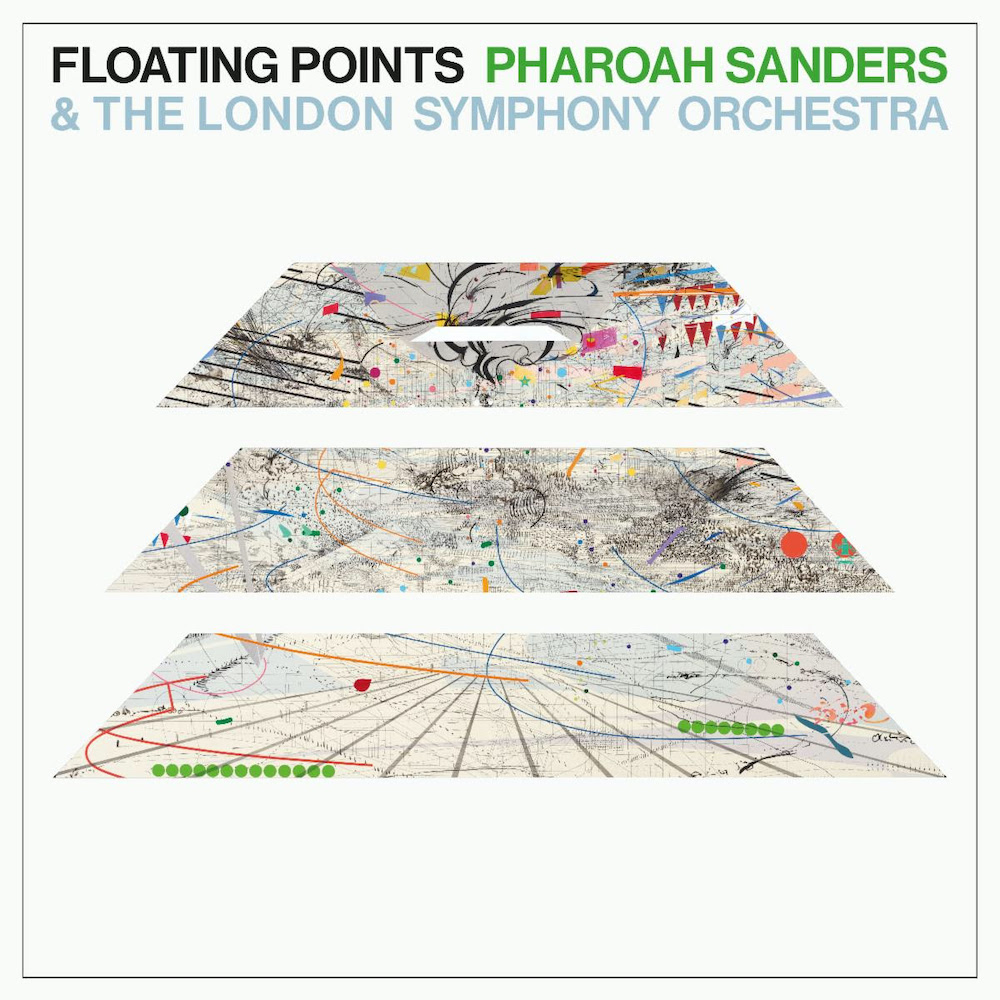
14. Promises
Floating Points, Pharoah Sanders & The London Symphony Orchestra
“Promises” is one track with nine movements steered by the intelligent compositional register, production and keyboard motifs of Sam Shepard who records as Floating Points. The stimulation is held by the extraordinary saxophonist Pharaoh Sanders, who delivers a sublime performance, slowly staggering his way through, like 81 year old that he is – it feels like this performance came at the right time for him, so celestially organised to match the aesthetic placement of his ability. He plays like a tired old man whose every breathe aches beautifully into the music and his singing voice mimics the movement of time, seas and oceans, completely – wordlessly moving through language centering the character of his voice as the arc communicator instead. Throughout, the London Symphony Orchestra’s gentle brushstrokes provide weight. “Movement 6” is the eclipse emphatically held by its cinematic silk strings and minimalist approach. So much of this music is oblique to our receptive capacities it is not for genre ideologues but for people in search of the presence of a sound that cannot be fully held by words, one that is both vague and precise in its effect, and even challenging to the listener. —Nombuso Mathibela

13. UMDALI
Malcolm Jiyane
Nowadays it is hard to find a sound that is confidently rooted in South African jazz musical traditions without the desire for aesthetic obscurity. South African trombonist and multi-instrumentalist, Malcolm Jiyane released his much anticipated debut album, which deserves to be shelved together with classic South African jazz albums. It is both nostalgic and forward-looking anchored by Jiyane’s hip and hopeful appeal that borrows across genres and seas. It is percussive in contemplative and dance-worthy ways and moves through jazz-funk tonalities. It is packed with feeling, moving through tragedy in “Life Esidimeni” to grief in “Senzo seNkosi” and a Herbie Hancock inspired jazz-funk celebratory ode to maternal figures in “Umkumbi kaMa”. “Ntate Gwangwa’s stroll” and “Moshe’”remind us that death is an extension of new life form, Jiyane elegantly brings to life sorely missed South African iconic figures, trombonist Jonas Gwangwa and pianist Moses Molelekwa to the eternal present. This album is the correct amount of sugar in your tea, not too sweet and overpowering – simplicity and openness is its strength and longevity. —Nombuso Mathibela
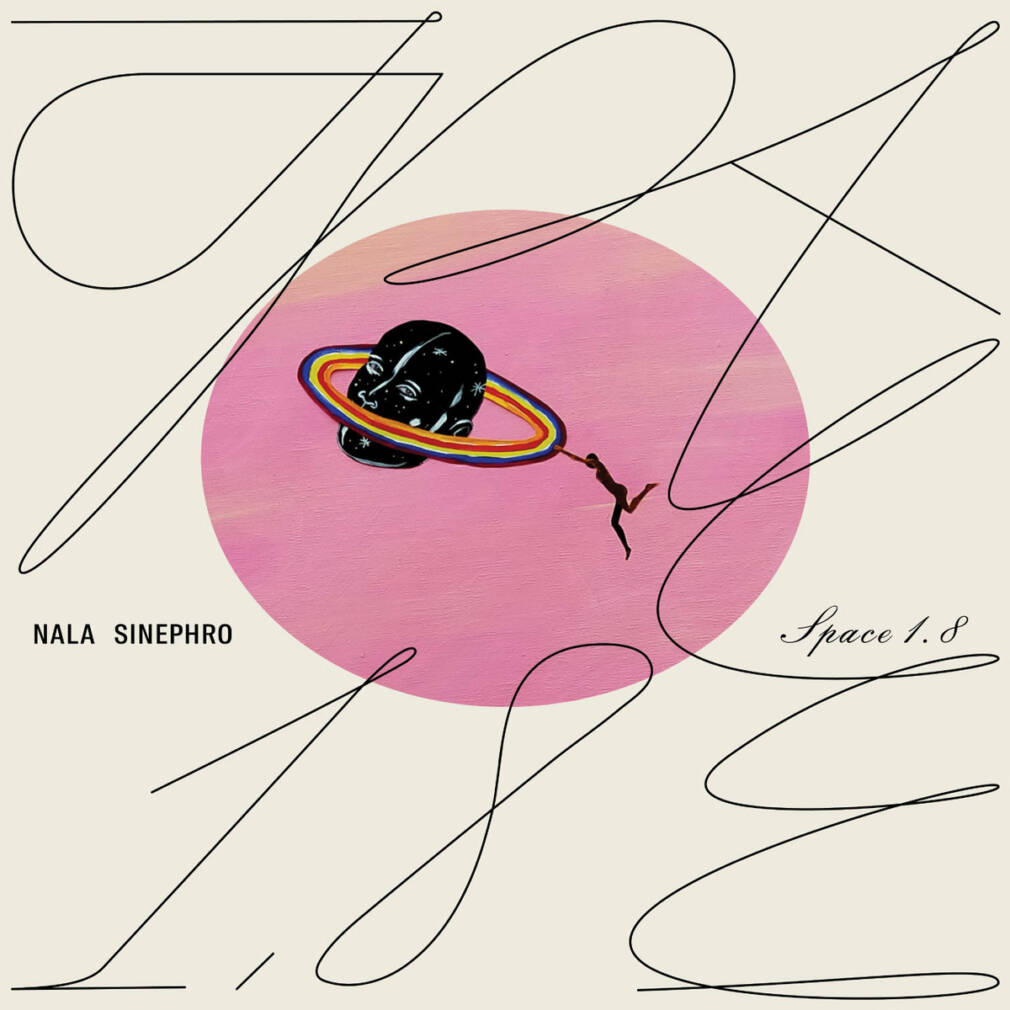
12. Space 1.8
Nala Sinephro
Caribbean-Belgian London based harpist and composer Nala Sinephro delivered her debut an eight track album titled Space 1.8 that showcases her exquisite, hypnotic and gently contaminating compositional sensibilities. When a new artist, in the recording sense, releases their first album, it’s easy to quickly jump to referential signification for the sake of order and safety that familiarity brings, in Sinephro’s case, Alice Coltrane has been on the unconscious tips of some listeners. It may be helpful to try see Sinephro as a product of her own intonation rather than as definitive products of a familiar present past. This album carries the spell-bounding effect of the harp but Sinephro moves it towards therapeutic aesthetic appeals, reconstituting its place in the world of transcendental sound. The exceptional cohort of London-based musicians that collaborate through space with her move with agility and lyricism across instruments, perfectly complimenting her trance-inducing cursive compositional style. It is an album for quiet and contemplative times. It is also the perfect album for children – it feels like your ears have been touched by the self-cleansing ocean – layered with cathartic meditative frequencies. —Nombuso Mathibela
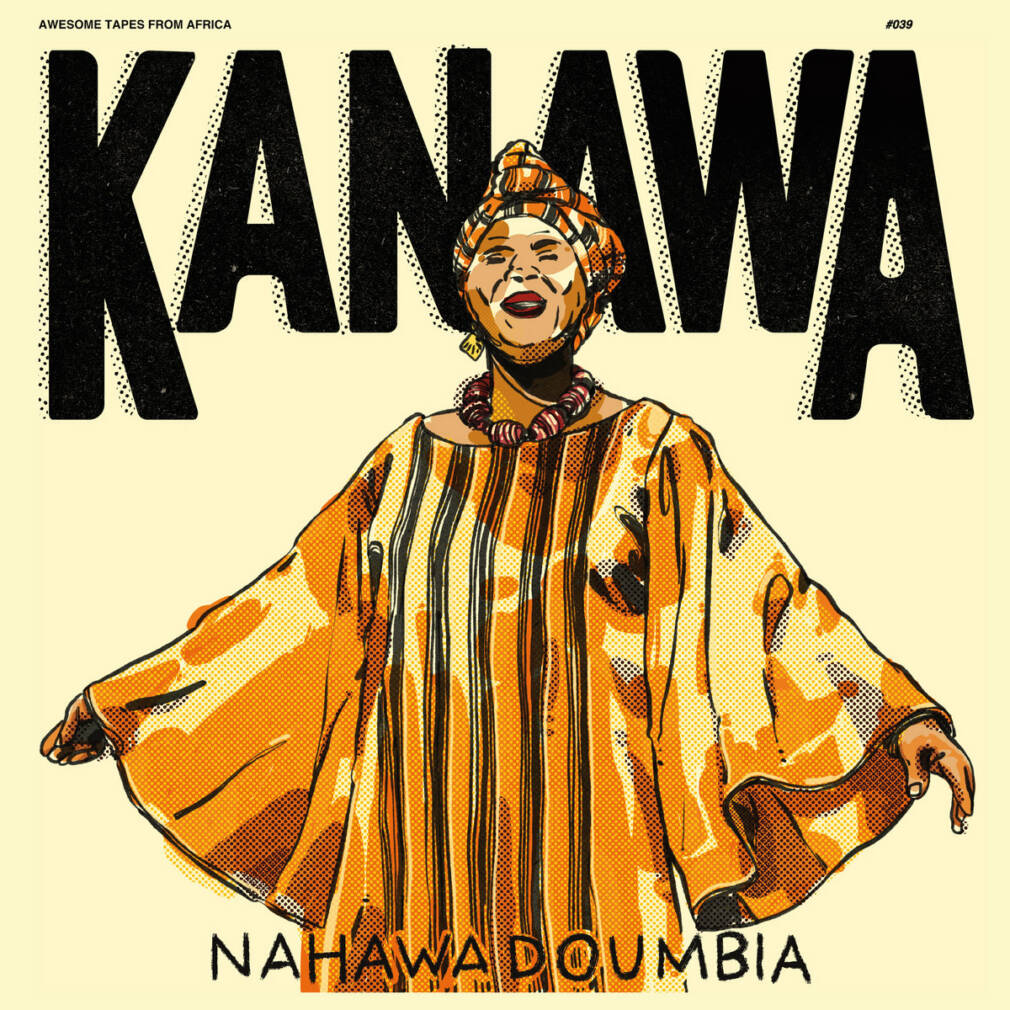
11. Kanawa
Nahawa Doumbia
A long overdue album from Wassoulou singer Nahawa Doumbia. Nahawa has been singing for her country and people since the 1980s, getting a big break from the Ministry of Culture, and eventually releasing her breakout album Didadi in 1988 (also the name of the second track on this album). Kanawa, recorded in Bamako, is a return to the essentials. The karinga, guitar, bass, n’goni and an assortment of backing vocals give the album a traditional aesthetic, letting Nahawa’s voice come front and center. The first track, “Blonda Yirini” is energetic and contagious, highlighting the best mix of electric Malian blues guitar with the Wassoulou tradition. Other tracks like “Djougoh” is softer and more relaxed unrolling with a playful karinga and the poised voice of Nahawa. The title track feels big and fresh and it carries a strong message: “The meaning of ‘Kanawa’ is so simple. We see our children trying to cross the ocean all the time. I said that many of our children die in the ocean and some of them while crossing the Sahara. That’s why I chose it as the title of my album so that everybody can learn from it and also so that there is a reduction in the number of people emigrating. To sensitize them so that some can stay home and grow the land. Leaving is not the only solution. That’s my message” – Nahawa Doumbia. —Christian Askin
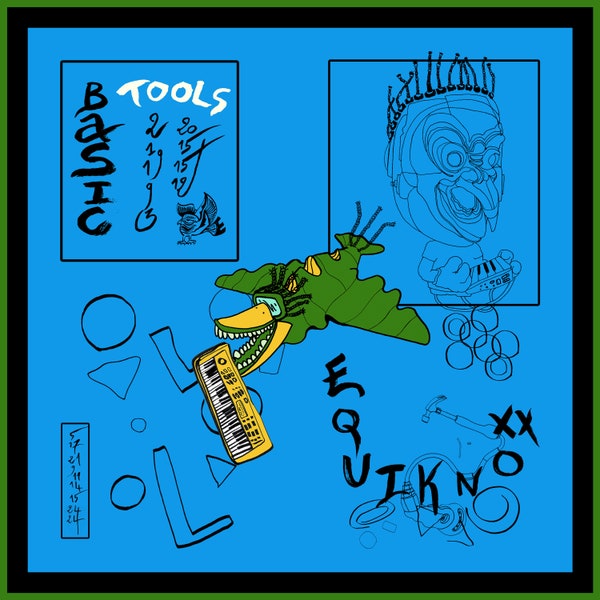
10. Basic Tools
Equiknoxx
Equiknoxx, a group/collective made up of Bobby Blackbird, Shanique Marie, Time Cow, Gavsborg & Kemikal Splash is known for its experimental take on hip-hop, dub, r&b, and dancehall. Basic Tools Mixtape is another adventure into the best alternative takes from the Kingston, Birmingham, Manchester, and New York music cultures. Most tracks were apparently recorded in a single take in DJ Krush’s studio in Kingston. Everything is chopped and screwed, cut-and-paste, clanky and deep. “MP Snare” and “Urban Snare Cypher” are perfect hip-hop spins that take advantage of minimal beats to accentuate the Kingston drawl. It’s an “experimental” album it feels totally natural. For example “Thingamajigima” is at once menacing and full of humor, and these hand holding dichotomies make for a satisfying and surprising listen. The second half of the album, in true collective fashion, has the instrumental version of the tracks, asking MCs to try their best at creating a more compelling collage than the Equiknoxx team already managed. —Christian Askin
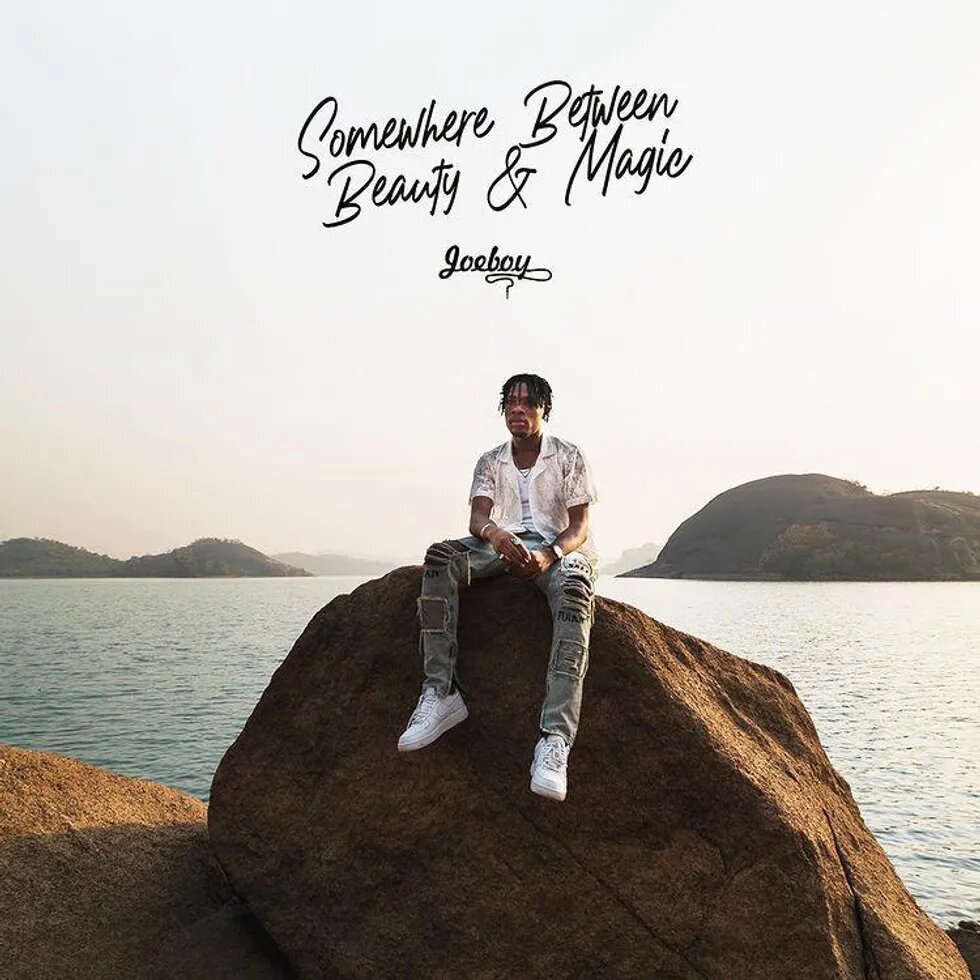
9. Somewhere Between Beauty and Magic
Joeboy
Mr Eazi’s protégé has been making big waves this year starting with this full length debut. Africa’s next popstar and self defined “Young Legend” shows himself madly in love in the album’s visuals, as in the video for “Lonely,” in which he is overwhelmed by loneliness in the absence of his love. He also proves how attached he is to African traditions in the festive and beautifully colorful video for “Celebration,” where we see beautiful outfits from Yoruba culture. Joeboy said it himself: “I wanted to pay tribute to my origins.” But there are also new features on this album, like the Spanish guitar in “Runaway” and the afro-house in “Oh.” It marks a real breath of fresh air in the Afrobeats scene. Check out our full interview about the album with Africa’s young legend on PAM. —PAM

8. Black Ants Always Fly Together, One Bangle Makes No Sound
Kasai Allstars
With their fourth album, the collective from the gleaming Kinshasa broadens its musical spectrum by incorporating its own approach to electronic music into the unfiltered playing of these fifteen musicians, all from the Kasai province. The machines are twisted and distorted at the will of the group, creating a pop atmosphere on “Kasai Munene” as well as a rumba vibe on “Musungu Elongo”. And if the softness of the melodies sometimes takes over the restless and Kinshasa-like touch that built the band’s name, like on the single “Olooh, a War Dance for Peace”, their DNA comes back on other tracks: “Unity is Strength” or “The Large Bird, the Woman and the Baby”, for example, give us these specific codes, alternating between 90° rhythmic turns and hypnotic rides that call for euphoria. In addition to drawing on the traditions of their respective peoples (Luba, Songye and Tetela), the musicians also reach out to Europe, India, the Caribbean and neighbouring regions of Africa, gathering other influences and making Black Ants Always Fly Together, One Bangle Makes No Sound a modern record where electronic music becomes the discreet accomplice of rituals and traditions. —PAM
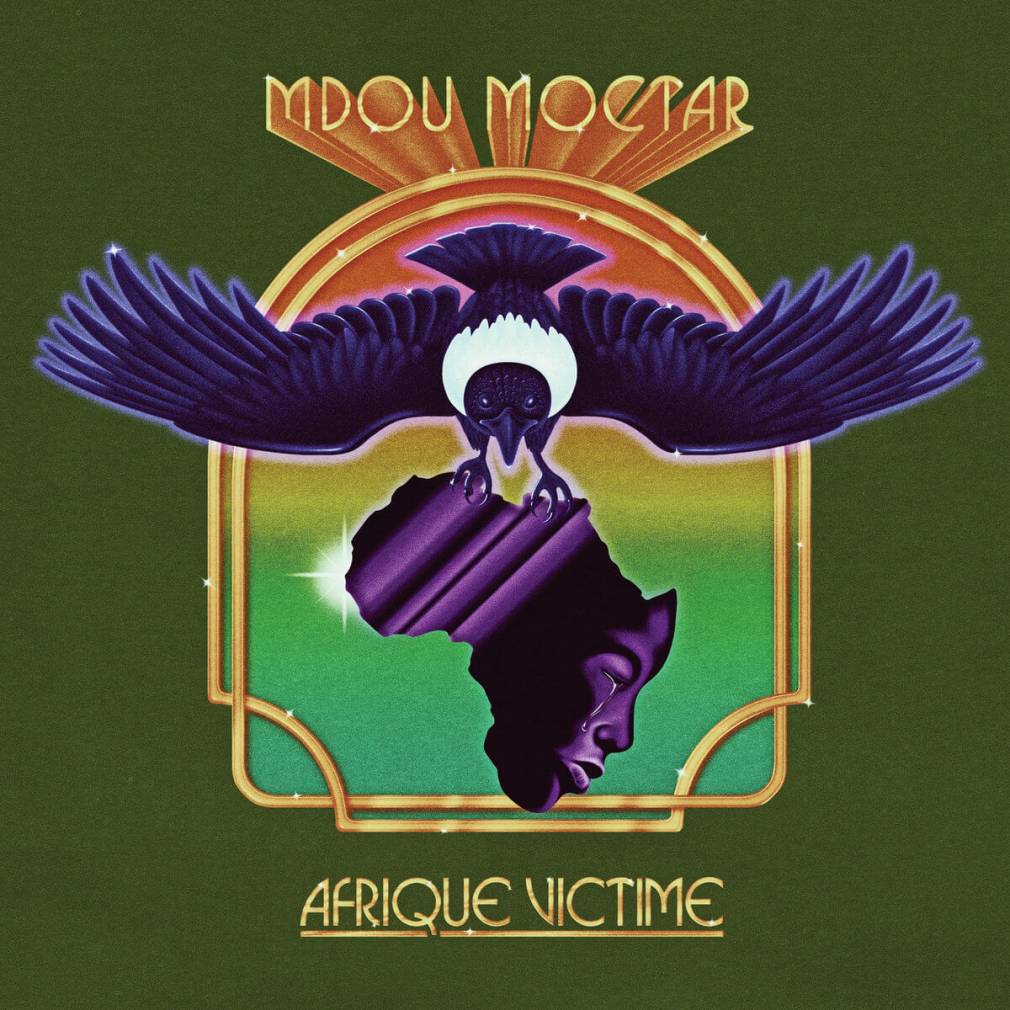
7. Afrique Victime
Mdou Moctar
Afrique Victime by Mdou Moctar has been one of the defining albums of the year so far. Championed by Chris Kirkley via his label Sahel Sounds, the Nigerien luminary has finally reached the top with his most recent record, published on the highly respected Matador Records. On its nine tracks, the project revels in a true fusion of rock and Tuareg poetry, evoking love, women’s emancipation, injustice, religion and West-African colonial exploitation, all tinged with a touch of 70s rock. Singular political circumstances have accompanied the artists in the creative process behind this album, Moctar himself citing the situation in Niger as an inspiration in our interview: “Many things are getting worse and it’s accelerating. Today, there are armed terrorists on motorbikes who are robbing people. A few weeks ago, they killed 213 people in villages, including young children, women, elderly people… […] I can’t say all that in a song, that’s why I’m looking for the kind of interview we have together today to get these messages across, that’s what pushed me to make this album.” A few months after this remarkable release, the artist also unveiled a ten-minute documentary on Afrique Victime, featuring musicians Ahmoudou Madassane, Souleymane Ibrahim and Mikey Coltun. —Nils Bourdin
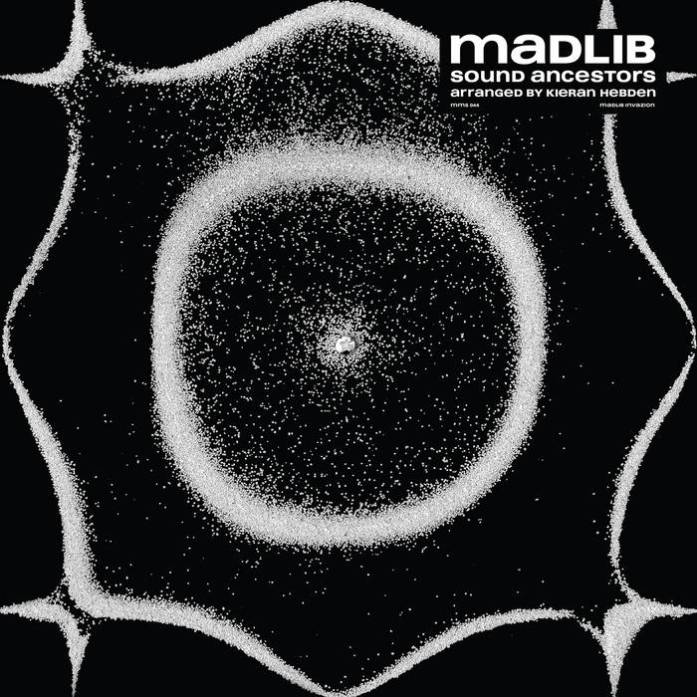
6. Sound Ancestors
Madlib
Madlib is the kind of artist that sparks debate among the editors here at Pan African Music. And Sound Ancestors is the type of project that begs, how “Pan” can “pan-African” be? Madlib has, of course, been making nods at the continent since his Mind Fusion: African Earwax mixtape. The titanic American producer isn’t just George Clinton and Bill Evans samples (to say nothing of his propensity to clip Indian playback singer Lata Mangeshkar’s music at every turn). Yes, “Loose Goose” is baile funk collaged together with dancehall and Snoop Dogg B-sides, “Hopprock” has what sounds like a mbira for the 10 second intro, “Riddim Chant” has a Mighty Tomcats sample (a group best known for their Manu Dibango bootleg LP Soul Makossa), and the eponymous track “Sound Ancestors” is a mix of *hold cringe* “tribal” drums with a direct cut into a Masekelian-jazz. “Latino Negro” is another easy-pickings for an elaborate analysis of an pan-African lineage, but I won’t do that. And who’s that singing on “Duumbiyay”; do I dare ask? No, sometimes you just gotta admit music is damn good, and if you’re pretentious enough to make a list of 2021’s best, well it deserves to be there. Four Tet aka Kieran Hebden’s arrangements are non-negligible in this affair as well. If you were seeking a zealous pan-African purisma, we’re sorry to disappoint, but we invite you to listen to this smokey-opus and find your own sense of Sound Ancestors along the way. —Christian Askin
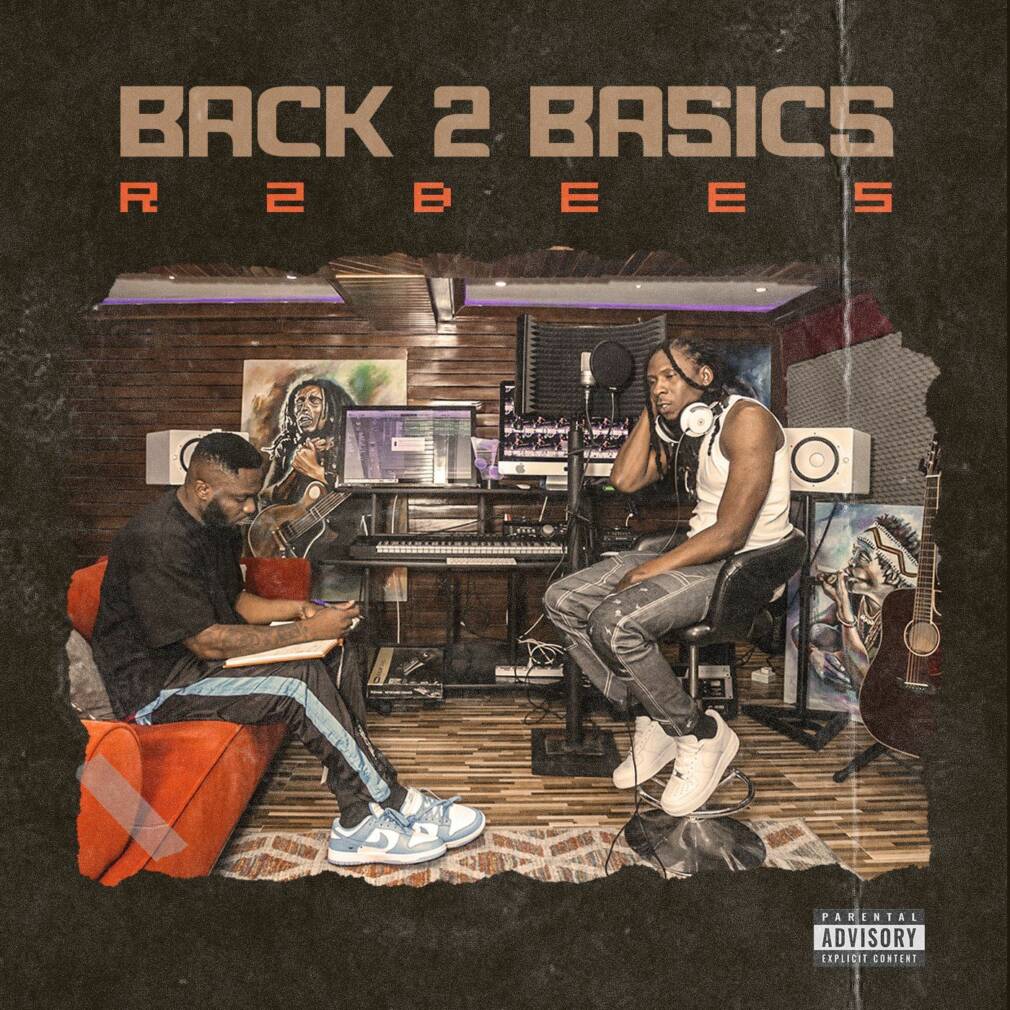
5. Back 2 Basics
R2Bees
R2Bees, composed by singer Mugeez and his cousin rapper Omar Sterling, have earned their stripes in music: the group took off from Tema (a port city close to Accra) more than 10 years ago, ending up collaborating with the biggest West African stars (Wizkid, Burna Boy, Davido…). The two cousins were even nominated for the BET Awards in 2013. Respected as elders in a constantly evolving environment, their longevity probably relies on their formidable capacity to renew themselves. 2021 saw the Ghanaian duo release their fourth studio album Back 2 Basics, inviting Mr Eazi, WizKid, Joeboy, King Promise to execute a sweet melange of hiplife, highlife, Afrobeats and hip-hop. The project is full of feel good energy and desire, but stands out on tracks like “Get Get No Dey Want” or “Odo Nti” where the duo test new production terrain peeking their head into electronic music. “Sure Banker” is a seamless blend of highlife and amapiano that we have yet to see, and the heavy bars laid on top make for a totally original reinterpretation of both genres. Finally, “Formation” with DarkoVibes is a perfect Afrobeats dance floor bounce. Back 2 Basics is a worthy listen A to Z. —PAM

4. Sometimes I Might be Introvert
Little Simz
The ambition of Little Simz’ Sometimes I Might Be Introvert is clear from the opening bars of it’s orchestral opener “Introvert” the cinematic setting of which sets the tone for a long player that examines themes and stories both universal, and deeply personal to Simz herself with huge honesty and insight. Produced between London and L.A with long time collaborator Inflo, the nineteen song album is broken up with interludes by actress Emma Corrin 2016 who reappears as a fairy godmother of sorts dispensing advice and speaking directly to Simz between lush strings and Delfonics esque vocals that add a dream like quality to the through narrative Also featured is Cleo Soul who joins Simz for a celebration of Black Womanhood on the uplifting “Woman” with its shoutouts to women of Africa and the diaspora. Whilst the brass which punctuates the pidgin rap of “Point and Kill” is arranged by Kokoroko’s Sheila Maurice Grey. Released on her independent label AGE 101 Music, Sometimes I Might Be Introvert is surely Simz masterpiece to date, delivering on it’s ambition and overflowing with iconic lines elevated by incredible arrangements and musicianship throughout. —Lucas Keen
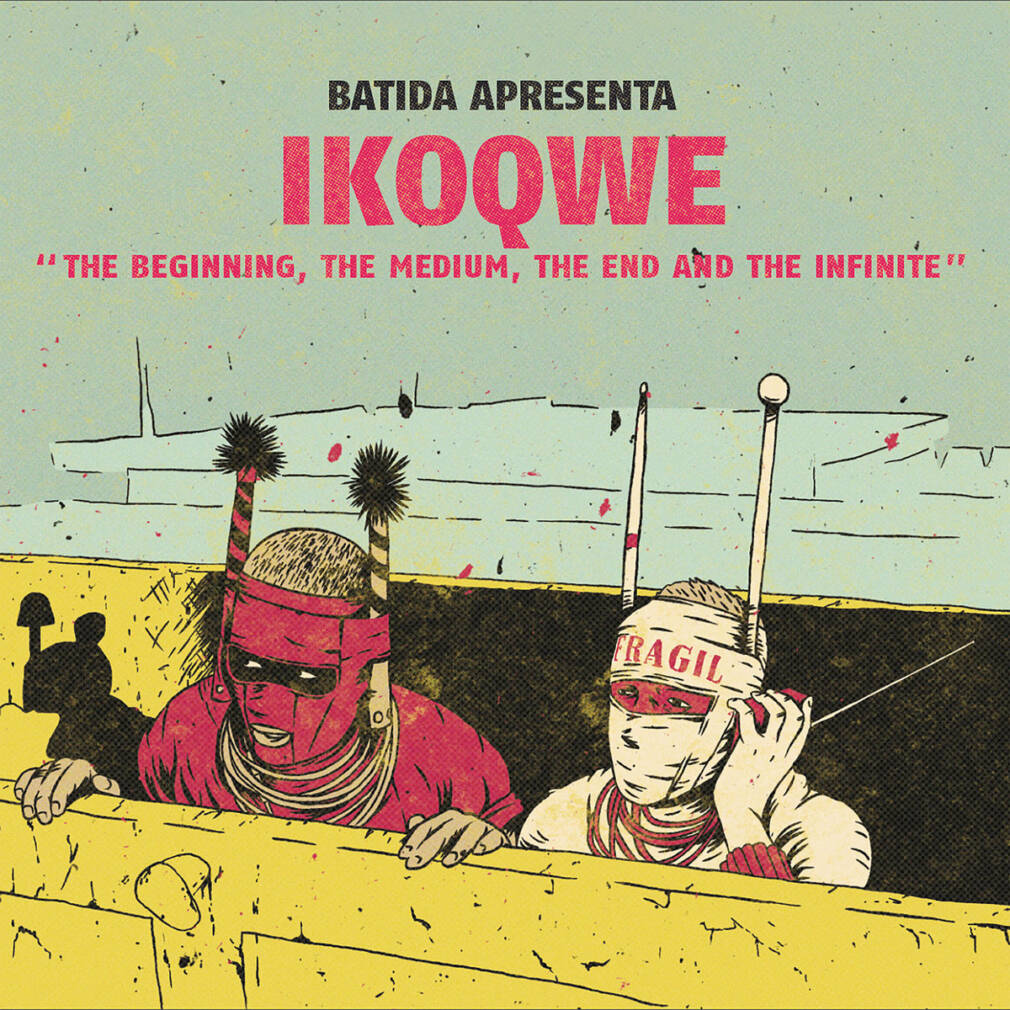
3. The Beginning, the Medium, the End and the Infinite
IKOQWE
Ikoqwe, an extraterrestrial hip-hop duo charred and bandaged upon entry into our atmosphere, released one of the most exciting and surprising projects of the year. In reality, Ikoqwe is the brainchild of Batida, an Angola-born, Lisbon-raised kuduro producer, artist, and activist, and Luaty Beirão, aka Ikonoklasta, the Angolan rapper turned political martyr. While the surface may seem whimsical and farfetched, the foundations of the project and the common interests of the duo have a deep undercurrent of engagement with the realities of the world. Whether it’s Ikonoklasta’s background as a political prisoner, or Batida’s fascination with the power of hip-hop to shape culture, the two create a sonic bomb pregnant with meaning. “Falta Muito?” is energetic between whispers, “Vai de C@n@!” is a monstrously fun rap track that clinks with 90s hip-hop synths and Ikonoklasta’s non stop flow, “Pele” is a thumping nuisance with juicy bass, honestly there’s no track not worth praising. The whole project is narrated by a deep voiced omnipresent waxing philosophical about time and Marshall McLuhan. Do yourself a favor and open your mind to this chef-d’oeuvre as much Angolan as it is universal. —Christian Askin
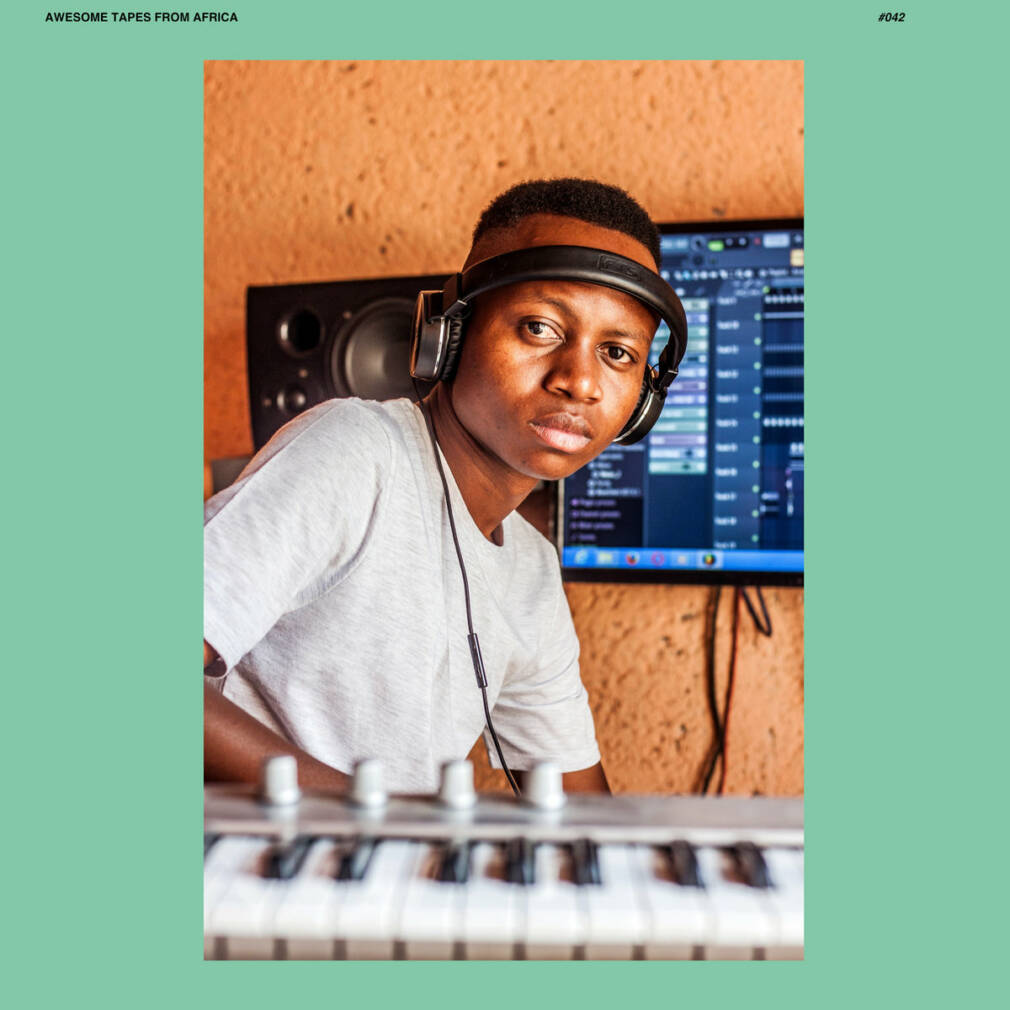
2. Uwami
DJ Black Low
From his home studio in Pretoria, DJ Black Low interprets amapiano in his own way on Fruity Loops, with the ardor of a young, multi-instrumentalist producer for his debut on Awesome Tapes From Africa. Even if the success of Kabza de Small – originating from the same city of Hammanskraal – inspires him on a daily basis, Sam Austin Audebe doesn’t seek to imitate his idol. Raw and direct in his ideas, DJ Black Low presents a more underground, DIY sound signature based on distorted samples and synths. Surrounding himself with guests such as DJ La Bengwa and DJ Saxo Boy, as well as vocalists who sing in different South African languages such as SePedi, Setswana and isiZulu, the debut is exciting and dizzying in the space it covers. There are dancefloor surefires like “Jaiva Low” featuring Hapas Music, DJ KS, and Patna, dark detours in “Emcimbinii” with TapSoul, Licy J, and Eto, and futuristic kwaito on “9 days feat. DJ Saxo Boy”. The project inspires for its creative choice of synths, fearless experimentation, and ability to build a new amapiano universe that’s totally identifiable as that of DJ Black Low. —Christian Askin

1. Love is War
Prettyboy D-O
A fierce sonic fusion tracking the mental struggles of a man on his way up, Love Is War is Prettyboy D-O’s masterful debut album. The project is disturbing, harsh and raw, immersing us in the Nigerian artist’s deepest concerns and fantasies, alternating between dreams of romance, cult references and police brutality. The latter has been an omnipresent theme in the rapper’s songs: in 2018, in his hit “Chop Elbow”, he already rapped prophetically “SARS chop elbow”. He kept the same anger during the 2020 uprisings, being extremely active in demonstrations and on social media, and the criticism had continued on “Jungle Justice”, shot in the Berlin COLORS studios, where the artist had exposed the problems of constant suspicion faced by the fresh Nigerian youth: “pretty mothafucka I be problem”. Yet, no one will prevent D-O from looking fly and being the coolest. Fusing Afrobeats, dancehall, rap and alté, the album is above all profoundly punk, advocating for a complete burn down of authority and establishment. Spanning over fourteen fiery tracks, Love Is War features UK bad girl IAMDDB, Nigerian singer Nissi, British king Pa Salieu and Lagos rapper MOJO AF. —Nils Bourdin
Listen to the selection via our playlist on Spotify and Deezer.



